Gothic kitchens trade pastel trends for shadows, carving out spaces where black cabinetry, ironwork, and jewel-tone splashes mingle with marble veining and flickering candle-style lights. From pointed arches that echo medieval cathedrals to stained-glass backsplashes that wash prep areas in colored glow, the style thrives on contrast: rough stone beside polished brass, velvet stools against steel appliances. The following twenty ideas break down exactly how to balance drama with everyday practicality—each one a self-contained blueprint you can cherry-pick to craft a uniquely moody, wildly functional cook-space.
1. Black Cabinetry Sets the Gothic Kitchen Stage

A cloak of matte or satin-sheen black cabinets instantly telegraphs gothic intent, creating a recessive backdrop that lets hardware, lighting, and decor become luminous punctuation marks. Swap dated doors for flat-panel or beaded-frame fronts in obsidian paint, then temper the darkness with discreet under-cabinet LEDs so knife work stays safe. To avoid a cave-like feel, limit wall units and echo the finish on a hulking island for visual cohesion; this expanse of darkness also hides daily scuffs. Lastly, balance absorption by bouncing light off a glossy backsplash or burnished brass pulls, ensuring the kitchen feels cinematic, not claustrophobic.
2. Veined Dark Marble Elevates Kitchen Drama
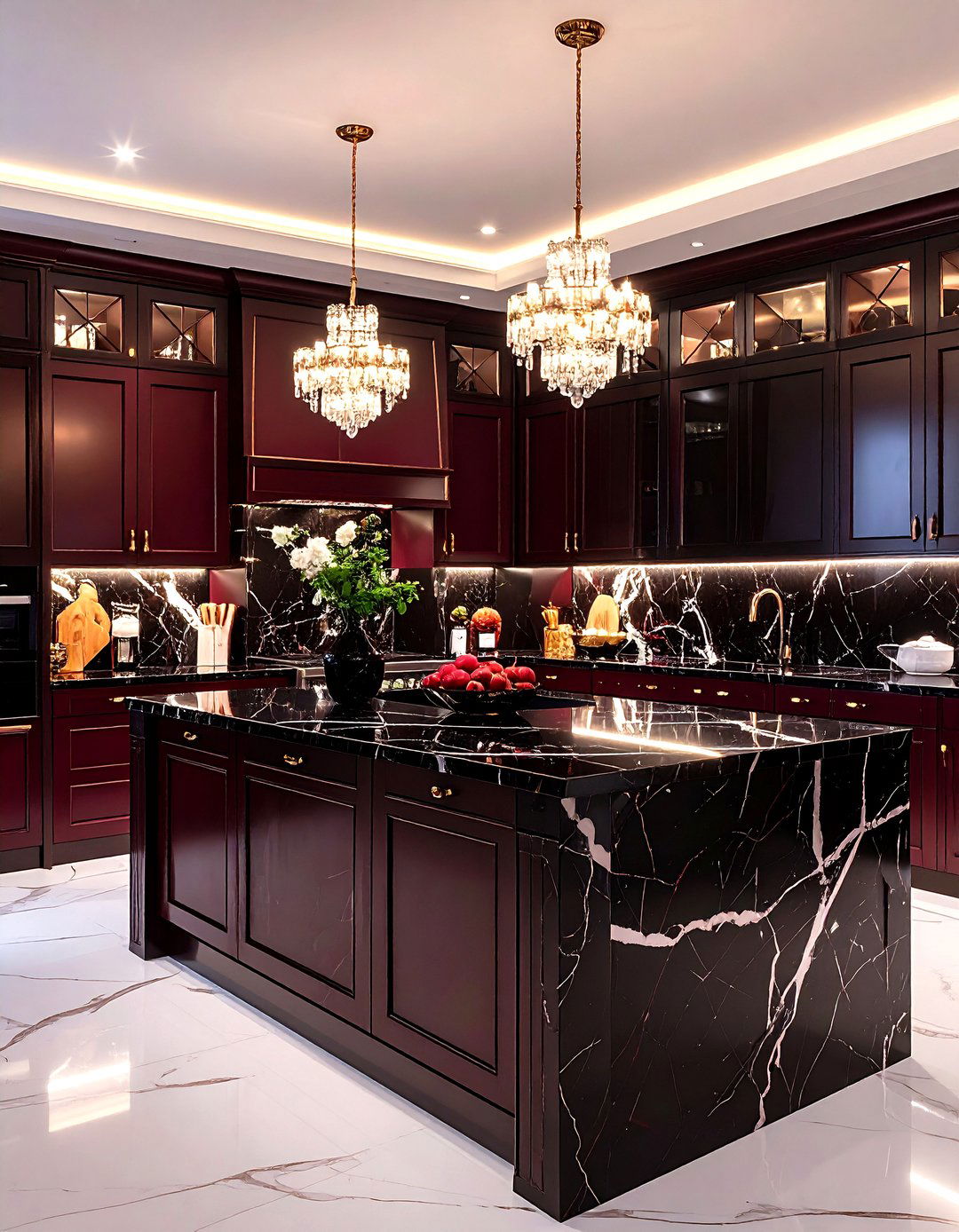
Veined black or charcoal marble countertops offer gothic kitchens the same gravitas that cloisters once drew from polished tombstones. Choose slabs laced with white or burgundy streaks to break up the mass and link color accents elsewhere. While marble demands sealing, its cool, honed surface resists heat and ages into an Old-World patina—perfect for dramatic pastry prep. Pair it with a matching five-inch backsplash or let the stone run vertically behind the range for a seamless altar-piece. For tighter budgets, black quartz composites mimic the look with easier upkeep, letting you invest leftover funds in ornate lighting or hardware for a balanced finish.
3. Pointed Arches Frame Appliances with Flair
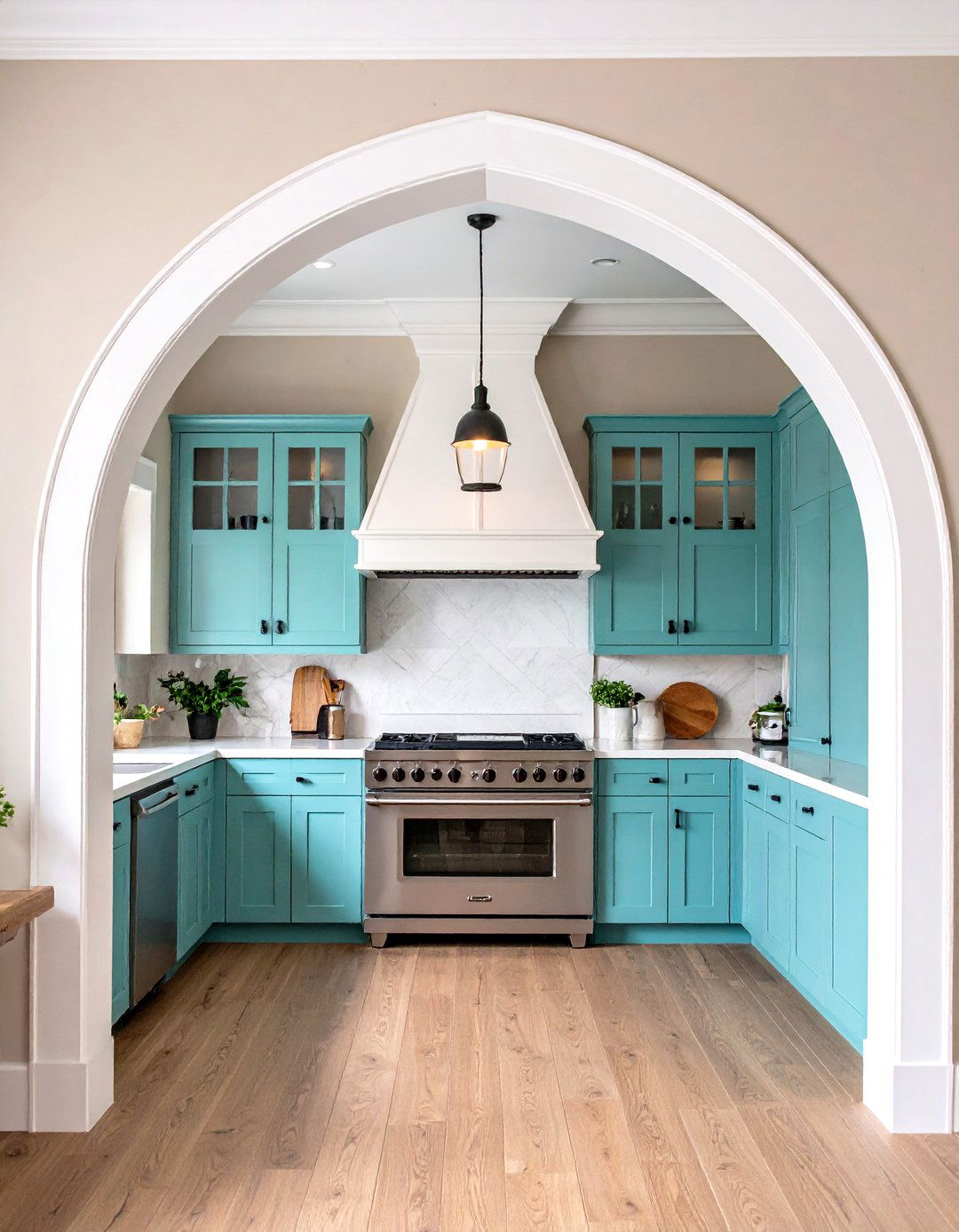
Nothing whispers “gothic” more clearly than a pointed arch—be it carved into a cabinet valance or framing a signature range. Consider trimming vent-hood surrounds or pantry doorways with slender, tapering mouldings that guide the eye upward, making eight-foot ceilings feel loft-like. If construction changes are impossible, faux arches fashioned from MDF panels and paint deliver similar theatricality on a weekend budget. Echo the motif in open shelf brackets or island corbels for rhythm, and keep adjacent lines simple so each apex stands proud without tipping into theme-park pastiche. The result is a silhouette that feels both historical and surprisingly fresh.
4. Iron and Candlelight Chandeliers Crown the Kitchen
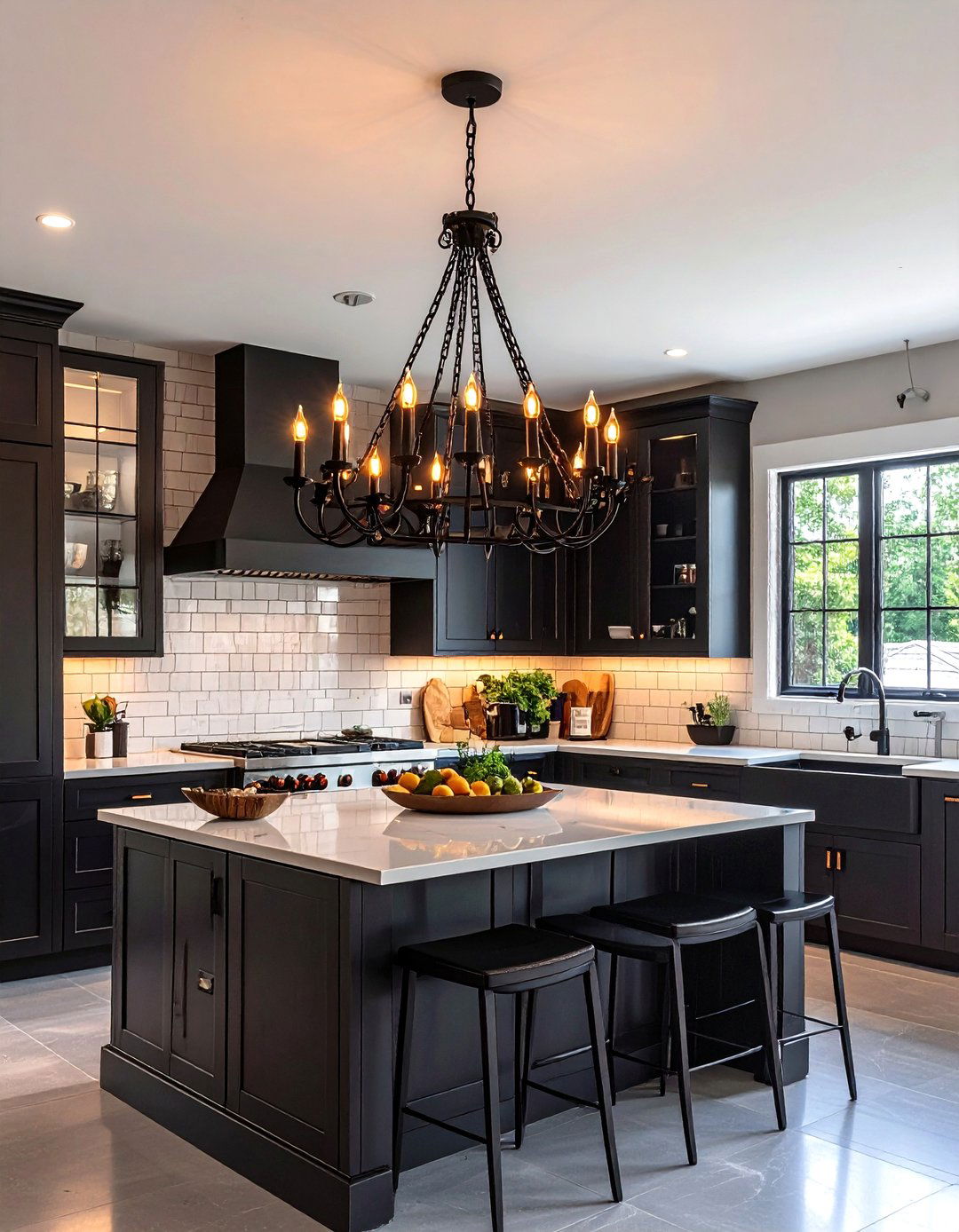
A suspended wrought-iron chandelier—preferably dripping with faux tapers—pulls the entire gothic narrative together. Hang it above an island at roughly 30-34 inches to illuminate chopping zones while avoiding head bumps. Opt for dimmable filament bulbs that emulate candle flame, switching to full brightness only for cleanup. For smaller footprints, choose a trio of matte-black mini pendants with pierced details that cast lace-like shadows onto countertops. Remember to coordinate canopy color with cabinet hardware to avoid a patchwork effect. Wiring a separate wall-switch dimmer lets you dial ambience from brooding supper parties to sunny Sunday meal-prep at a flick.
5. Jewel-Tone Highlights Intensify Kitchen Depth
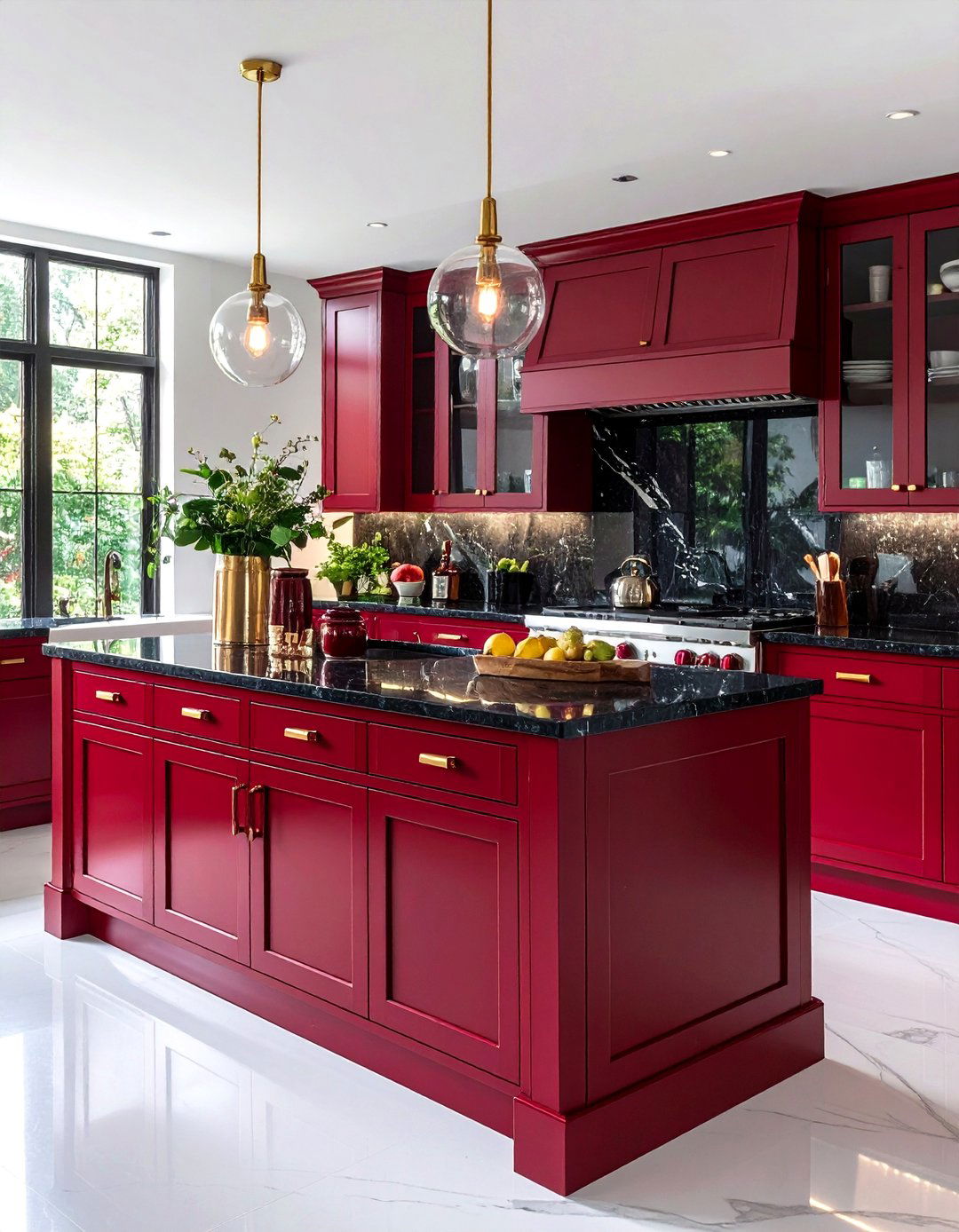
A single jewel-tone surface electrifies all that black. Lacquer an island base in deep burgundy or wallpaper the breakfast nook in ink-blue damask to create a submerged glow without sacrificing the overarching moody palette. Supplement with small touches—emerald ceramic canisters, plum bar-stool upholstery, ruby cabinet glass—that echo the hero hue and read like gemstones against coal. Keep the ratio disciplined: two-thirds neutral, one-third color, so rich shades feel intentional rather than accidental. When ceilings are low, concentrate pigment below eye level to anchor the room while allowing lighter uppers or crown moulding to bounce daylight downward.
6. Checkerboard or Herringbone Floors Anchor the Look
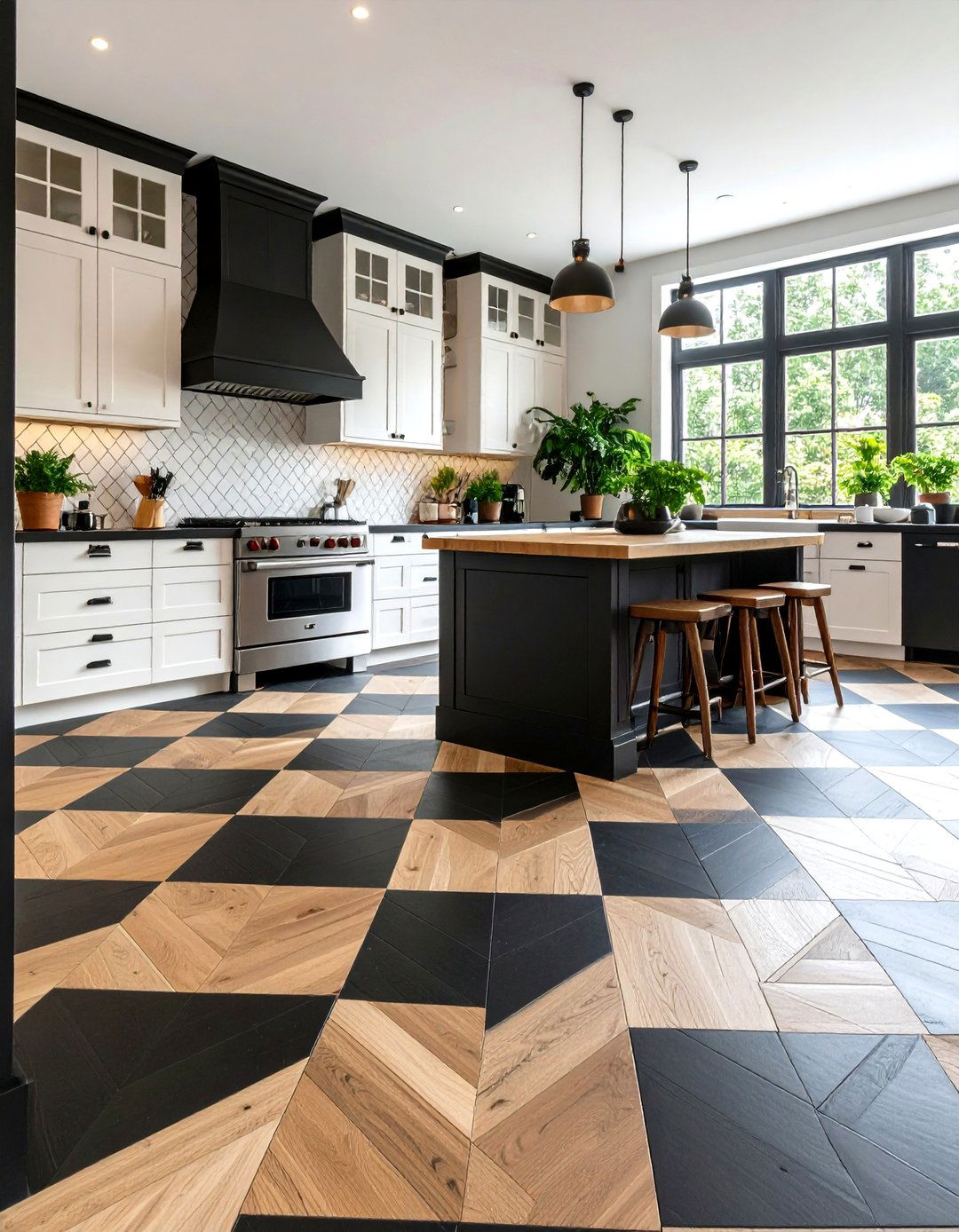
Anchoring a gothic kitchen with a black-and-white checkerboard tile or charcoal herringbone plank floor grounds the drama without overwhelming it. Large 12-inch squares laid on the diagonal expand narrow galley footprints, while wood-look porcelain in a chevron pattern infuses subtle movement under soft sconces. Grout in a matching dark tone for a seamless expanse that disguises crumbs and pet traffic. Finish edges with slim shoe moulding painted to match cabinets, visually sinking walls into the floor for an enveloping vibe. A plush, oriental runner in sunset hues can soften acoustics and warm bare feet on chilly mornings.
7. Carved Corbels Add Medieval Soul to Kitchen Islands
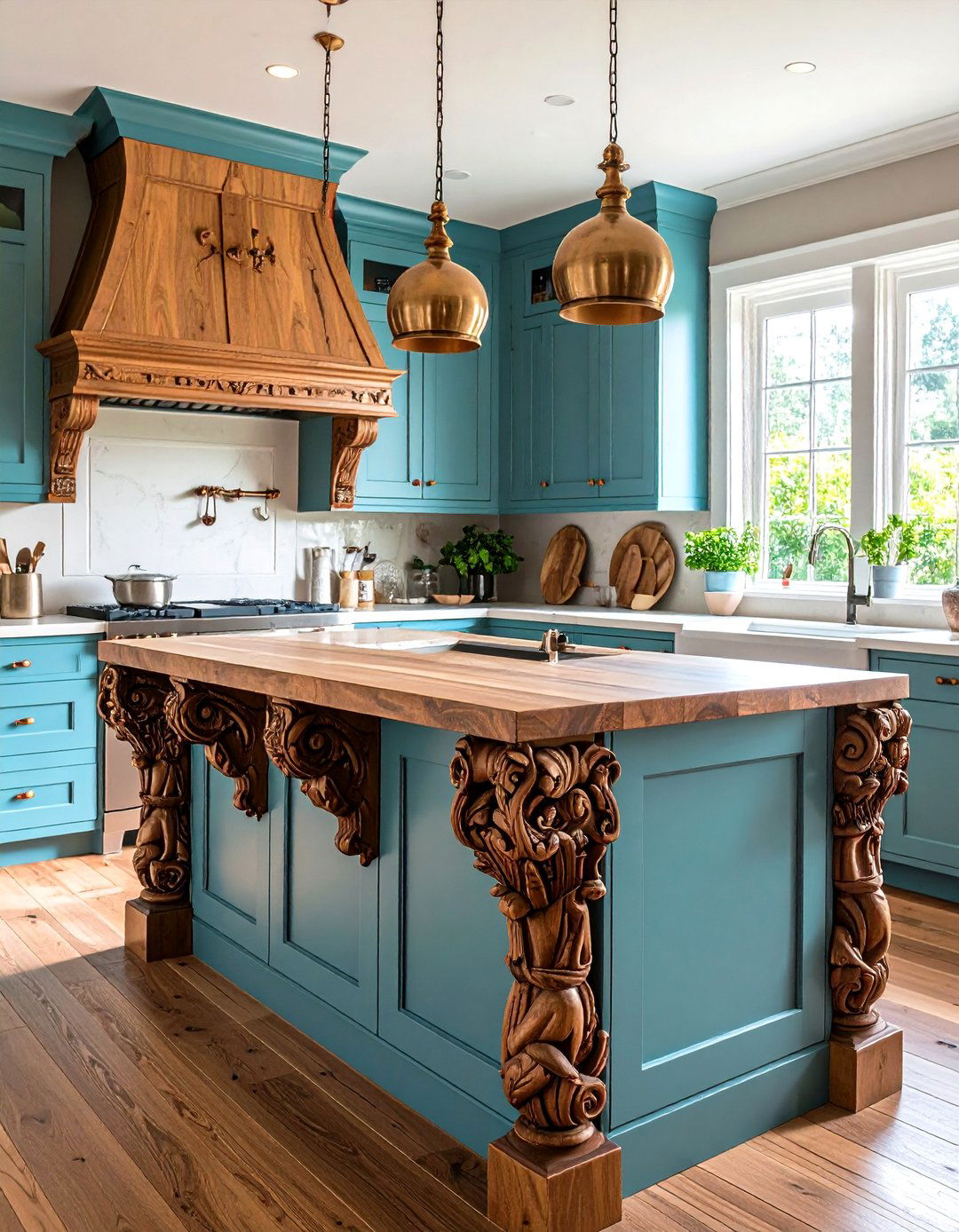
Ornately carved wooden corbels tucked beneath island overhangs or upper cabinets lend the kitchen instant abbey chic. Seek salvaged oak figures—lions, gargoyles, grape-vines—at architectural-reclaim shops, then sand lightly and seal in matte polyurethane to preserve century-old tool marks. Modern cabinets? Bolt resin reproductions, pre-primed and paintable, for the same effect without extra weight. Align corbels with panel stiles or drawer divisions for structural logic, and leave at least 12 inches between supports to prevent visual clutter. Their shadow lines enrich even stark Shaker doors, turning everyday breakfast bars into story-book refectories.
8. Stained-Glass Backsplashes Cast Colorful Shadows
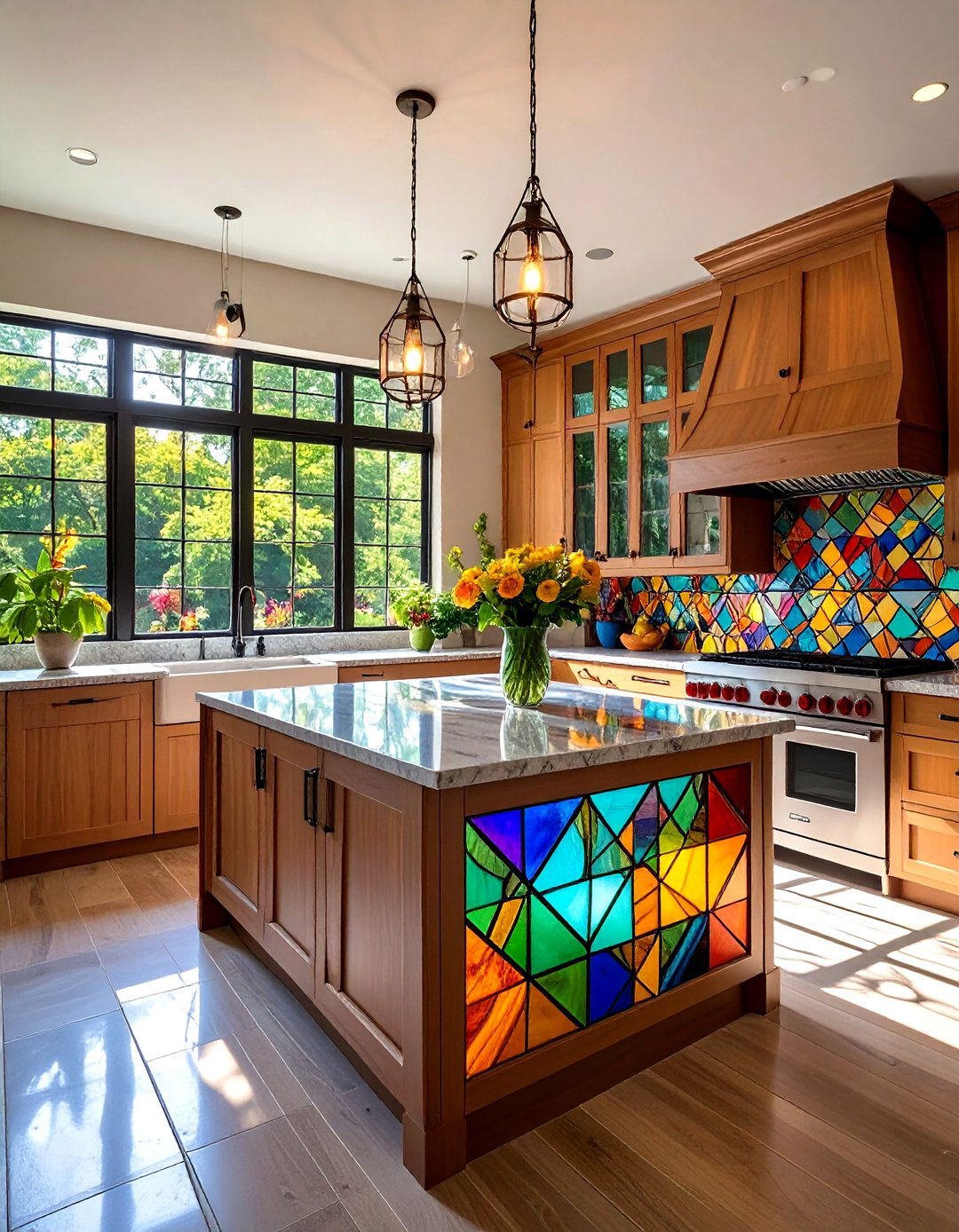
Inserting stained or leaded-glass panels behind the range transforms steam clouds into kaleidoscopic theatrics. Commission a local glazier for compact 4-×-8-inch tiles featuring pointed tracery, or retrofit existing subway tile runs with adhesive faux-glass overlays for renters. To simplify cleaning, protect grout lines with a clear, high-temp epoxy and install a low-profile hood that won’t steal the spotlight. When illuminated by under-cabinet LEDs, even a single accent strip becomes the kitchen’s glowing reliquary, reflecting subtly onto countertops without compromising practical visibility for sautéing sauces.
9. Saturated Wall Paint Unifies the Gothic Mood
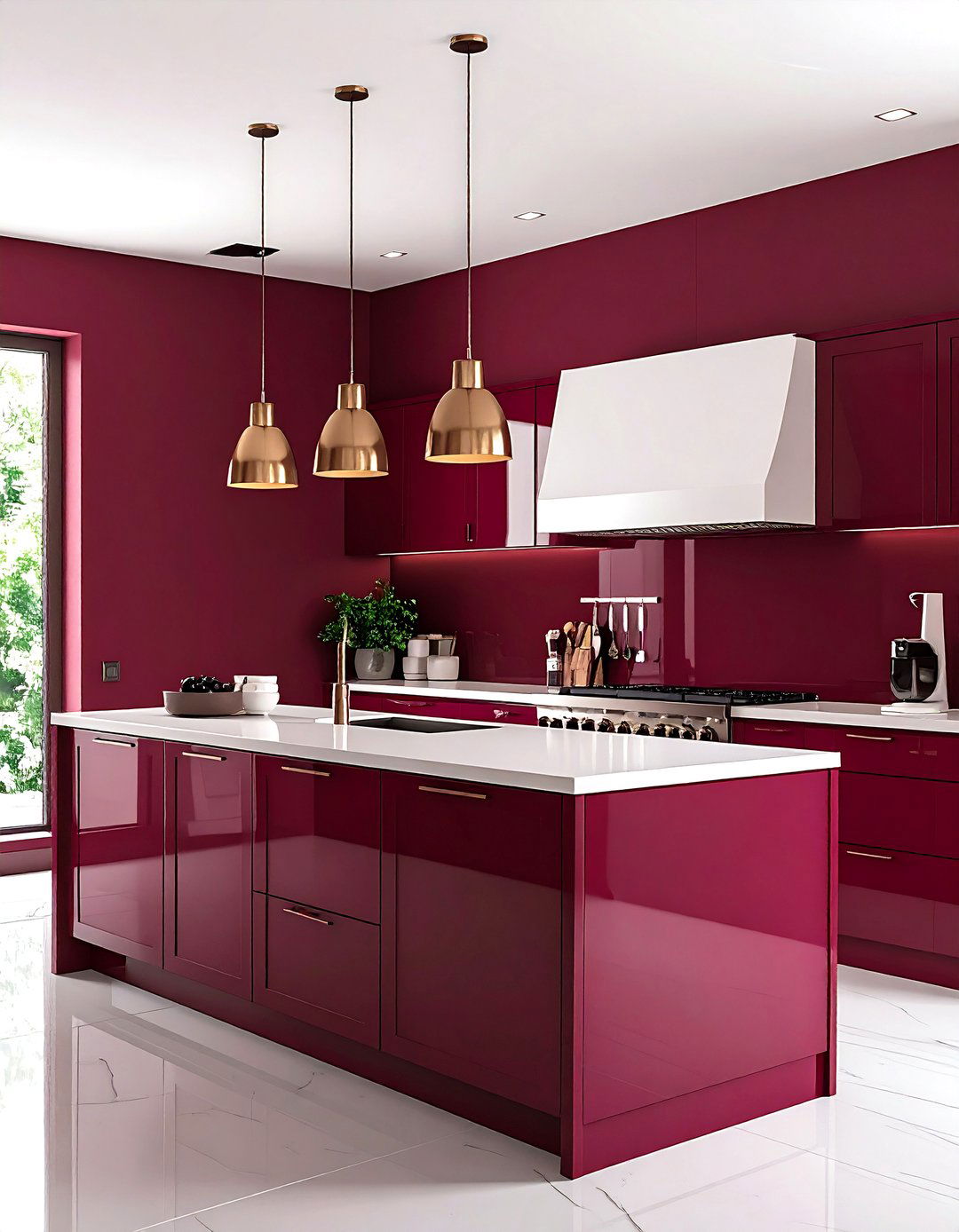
Walls awash in ink-blue, oxblood, or charcoal cocoon a gothic kitchen in velvety depth, especially when balanced by crisp white ceiling paint and reflective worktops. Choose durable scrubbable eggshell formulations so grease splatters wipe away without burnishing. If the room lacks natural light, limit saturated color to a single feature wall opposite windows, mirroring its tone in chair cushions or pottery for cohesion. Don’t forget the fifth wall: painting the ceiling two shades lighter than cabinetry elongates height and prevents gloom—a handy optical trick when working within standard builder boxes.
10. Arched Glass Cabinets Showcase Curios with Elegance

Freestanding or built-in, an arched-top glass cabinet functions like a gothic apothecary, spotlighting heirloom china, crystal decanters, or quirky taxidermy. Choose tempered glass doors with slim muntins to maintain safety while nodding to cathedral tracery. Interior puck lights or LED strips set to warm white amplify depth, and adjustable shelves allow for tall cake stands or antique tureens. Anchor the unit by echoing its arch in nearby door trim or metal shelf brackets, ensuring the gesture feels deliberate rather than decorative whim. Black or deep forest finishes keep the profile cohesive with surrounding joinery.
11. Mixed Textiles and Metals Keep the Kitchen Tactile
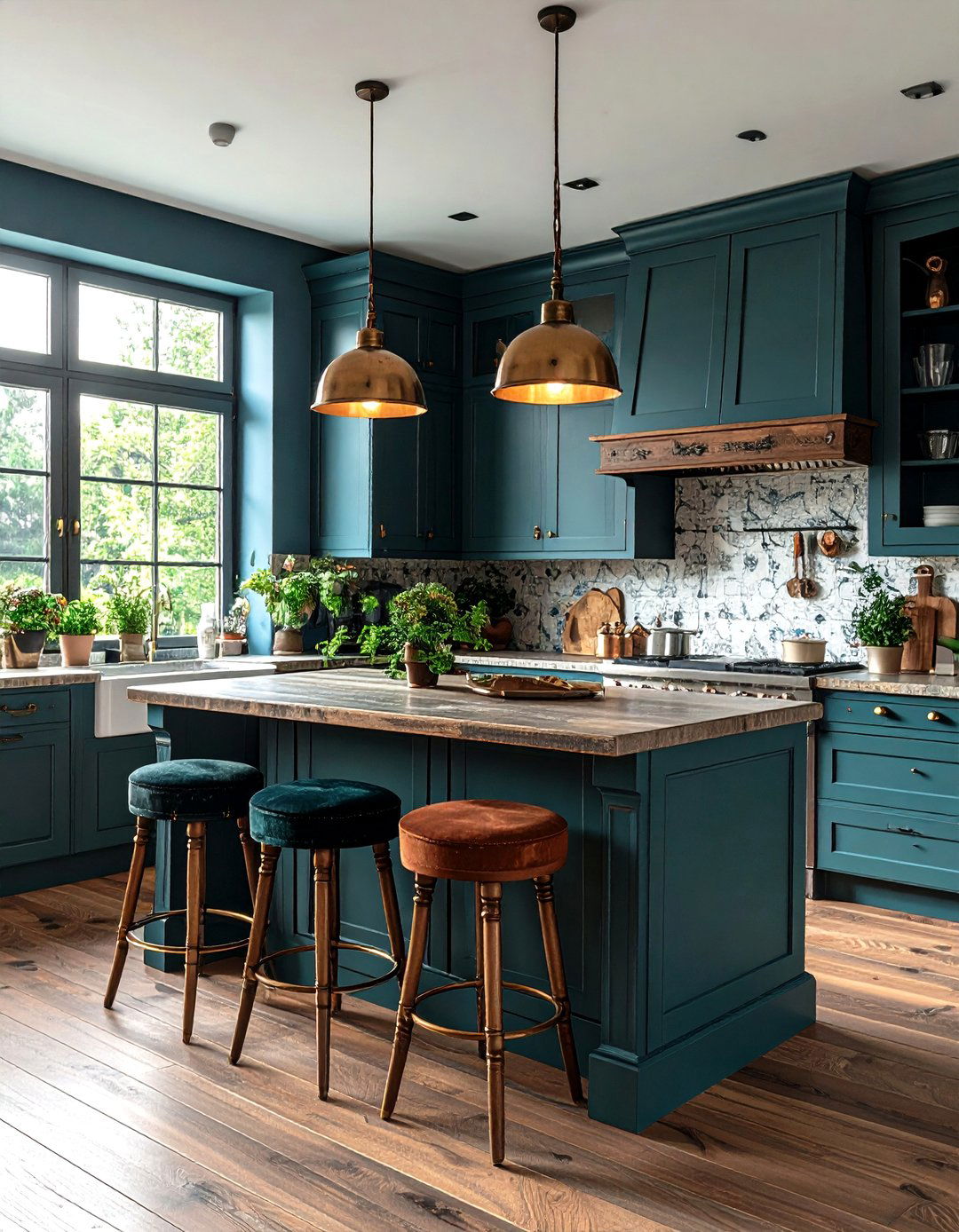
Gothic kitchens thrive on tangible contrast: velvety bar-stool cushions beside hammered-pewter drawer pulls, or linen tea towels hanging from wrought-iron hooks. Aim for at least three textures within line-of-sight—think rough stoneware, polished marble, weathered wood—to stop monochrome palettes from feeling flat. Mixing metals works too; anchor with a main finish (antique brass) and sprinkle a secondary (blackened steel) in lighting or small appliances for depth without chaos. Finally, layer a Persian-style runner over cold tiles to muffle clatter and introduce a dash of medieval tapestry flair underfoot.
12. Candle-Style Sconces Layer Rustic Task Lighting
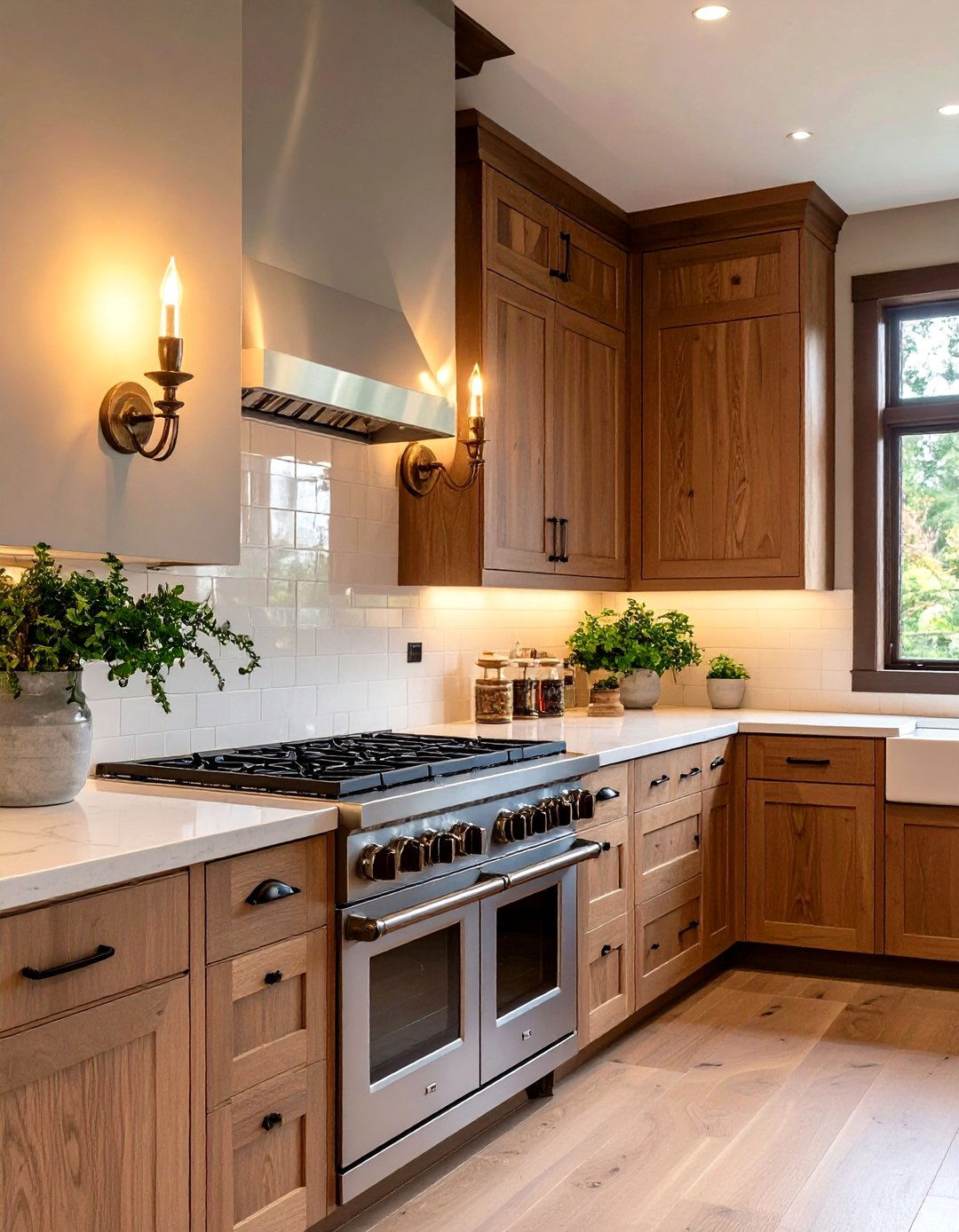
Beyond the showpiece chandelier, wall-mounted candle-style sconces add side-lit drama perfect for kneading dough without casting harsh top shadows. Install pairs on either side of a range alcove or pantry passage at 60 inches off the floor for flattering shoulder-level glow. Choose flame-tip LED bulbs to dodge open-flame worries and wire them to independent dimmers for movie-night ambiance. Forged sconces clad in aged bronze complement iron ceiling fixtures without looking matchy-matchy; patina them further with tinted wax if they arrive too shiny.
13. Coffered Ceilings and Dark Beams Lift the Eye

Even modest kitchens gain cathedral gravitas when ceiling planes get attention. Install faux-wood beams in lightweight polyurethane, stained espresso, to break up expanses of drywall and echo timbered halls. For higher ceilings, shallow coffer frames painted the same matte black as cabinets create a grid that catches candlelight and quiets echo. Keep beam spacing equal to room width divided by three for proportional balance. Finish with concealed LED strip uplighting atop each beam so the ceiling glows softly after dusk, extending perceived height while showcasing architectural bones.
14. Antique Brass & Pewter Hardware Finish the Story

Swap generic nickel pulls for hand-aged brass cup pulls or pewter gothic-arch knobs; the warm undertones pop against black doors like torchlight on stone. To prevent tarnish stains on hands, seal pieces with micro-crystalline wax while preserving characterful dimples and tool marks. Repeat the metal in mixer bowls or pot rails so the finish reads intentional, not accidental. Where budget is tight, upgrade only the most-touched zones—drawer stacks, sink doors—leaving upper cabinets minimal for contrast. Even small hardware tweaks shift a kitchen from trendy dark to authentically gothic.
15. Custom Range Hoods as Stone Centerpieces
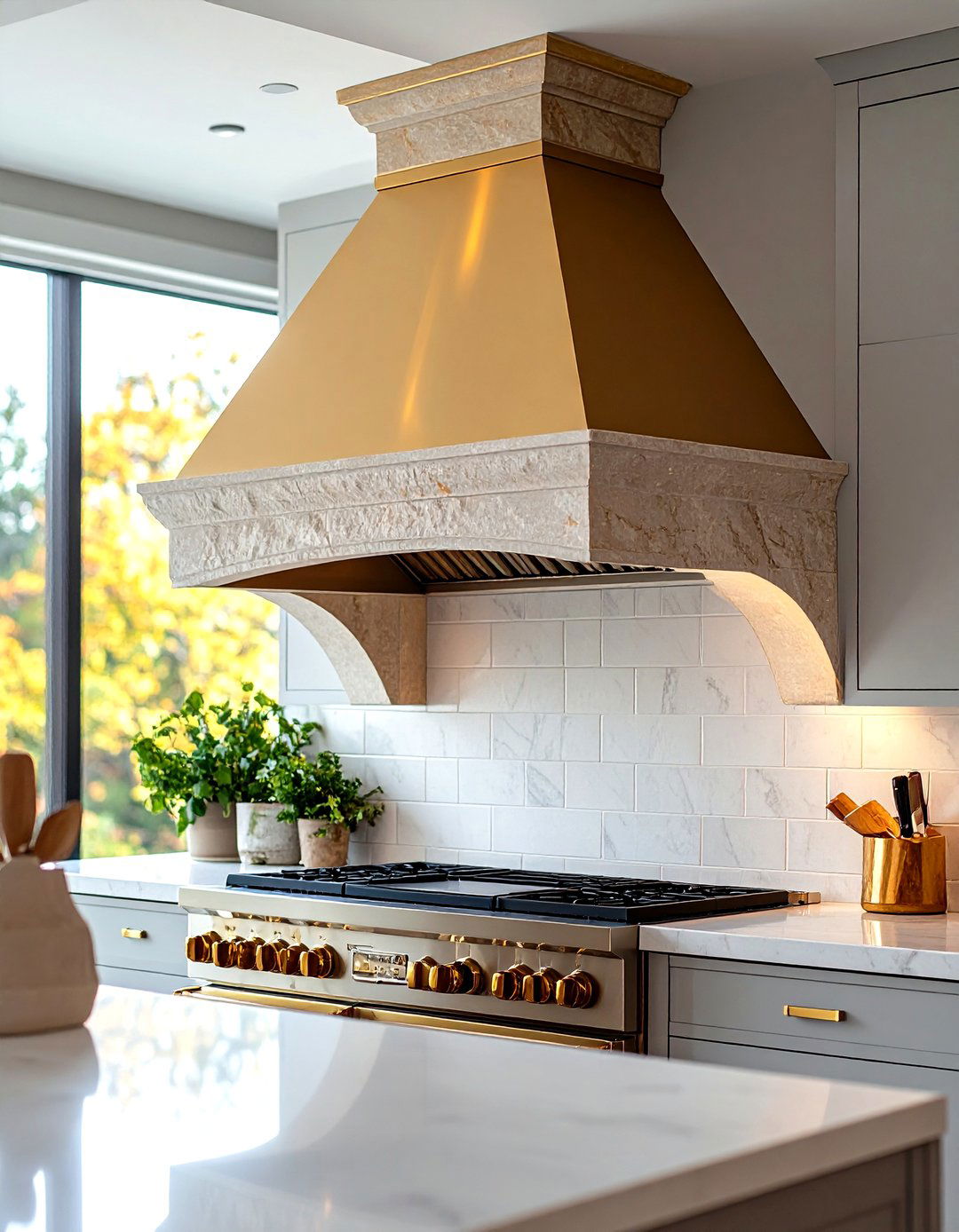
A hefty cast-stone or plaster-clad range hood, tapered to a pointed arch, becomes the kitchen’s high altar. Extend it to the ceiling to draw eyes upward, then frame with slim corbels for continuity. Ventilation guts hide behind the masonry-like shell, so be sure to size the blower correctly to avoid smoke recirculation. Accent the base with narrow pencil moulding picked out in gold leaf or matte iron paint for subtle gleam. Even in a rental, veneer lightweight foam panels and high-heat paint can fake the look with minimal wall load.
16. Curated Oddities and Dark Art Personalize Shelving

To dodge cookie-cutter catalog vibes, pepper open shelves with gothic curios: glass-cloche herb jars, skull-shaped salt cellars, vintage apothecary scales. Art that leans occult—moon charts, botanical engravings—bridges whimsy and ennui, echoing the style’s 1990s resurgence. Display pieces in tight clusters, leaving breathing space between so each tells its own story. Rotate collections seasonally, replacing dried florals with brass candelabra come winter, to keep the kitchen living rather than static.
17. Zoned, Dimmable Lighting Maintains Kitchen Function
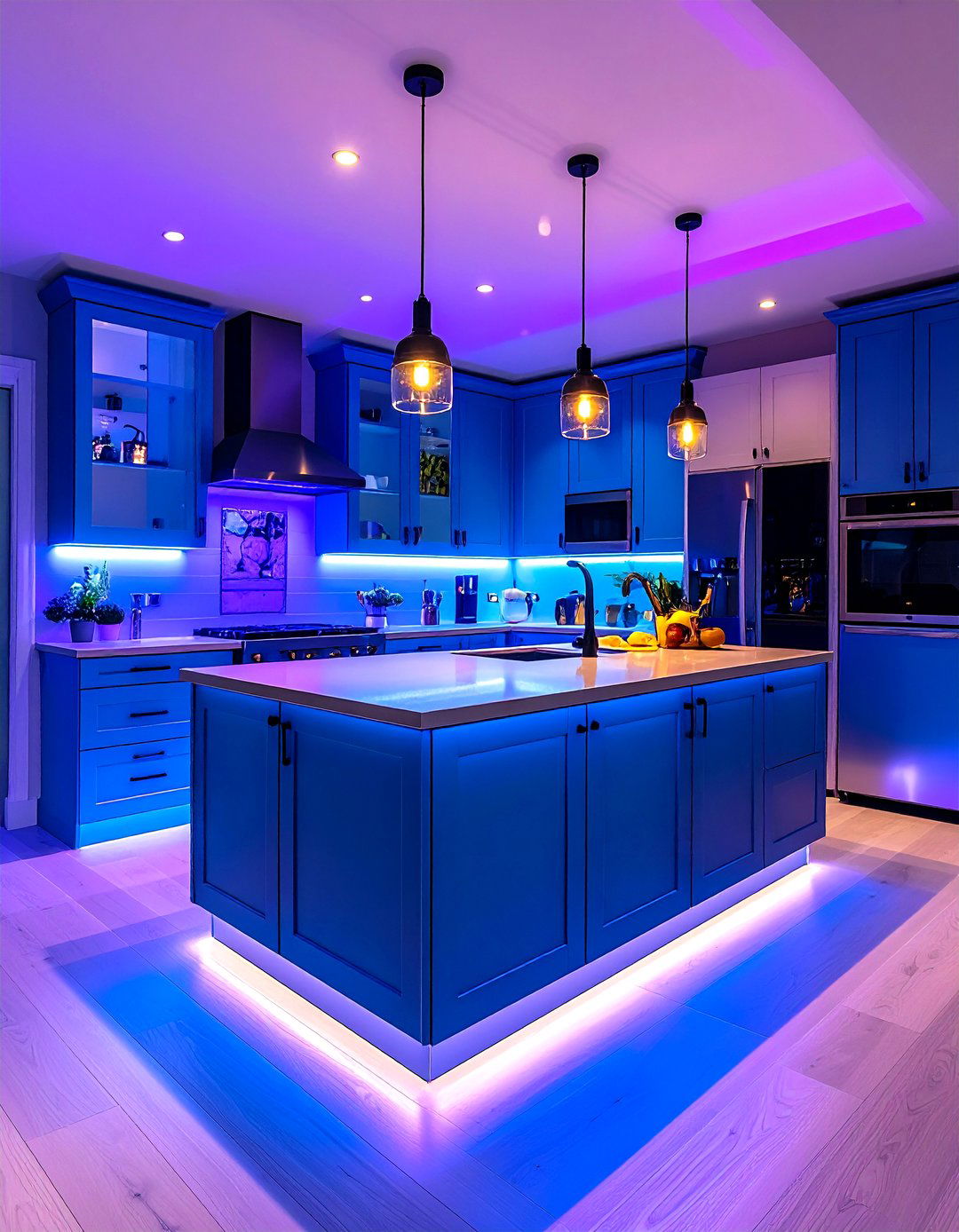
Gothic ambiance shouldn’t sabotage meal prep. Combine ceiling spots on full-spectrum LEDs for chopping, under-cabinet strips for shadow-free counters, and dimmed accent fixtures for dining—all on separate circuits. Use smart switches set to “Cooking,” “Entertain,” and “Night” scenes to avoid fiddling with multiple knobs. Remember the color temperature rule: task lights at 3000-3500K for clarity, ambient lights warmer around 2200-2700K for mood. Consistent CRI above 90 keeps jewel-tone ingredients vivid rather than muddy.
18. Stone or Composite Farmhouse Sinks Ground the Space
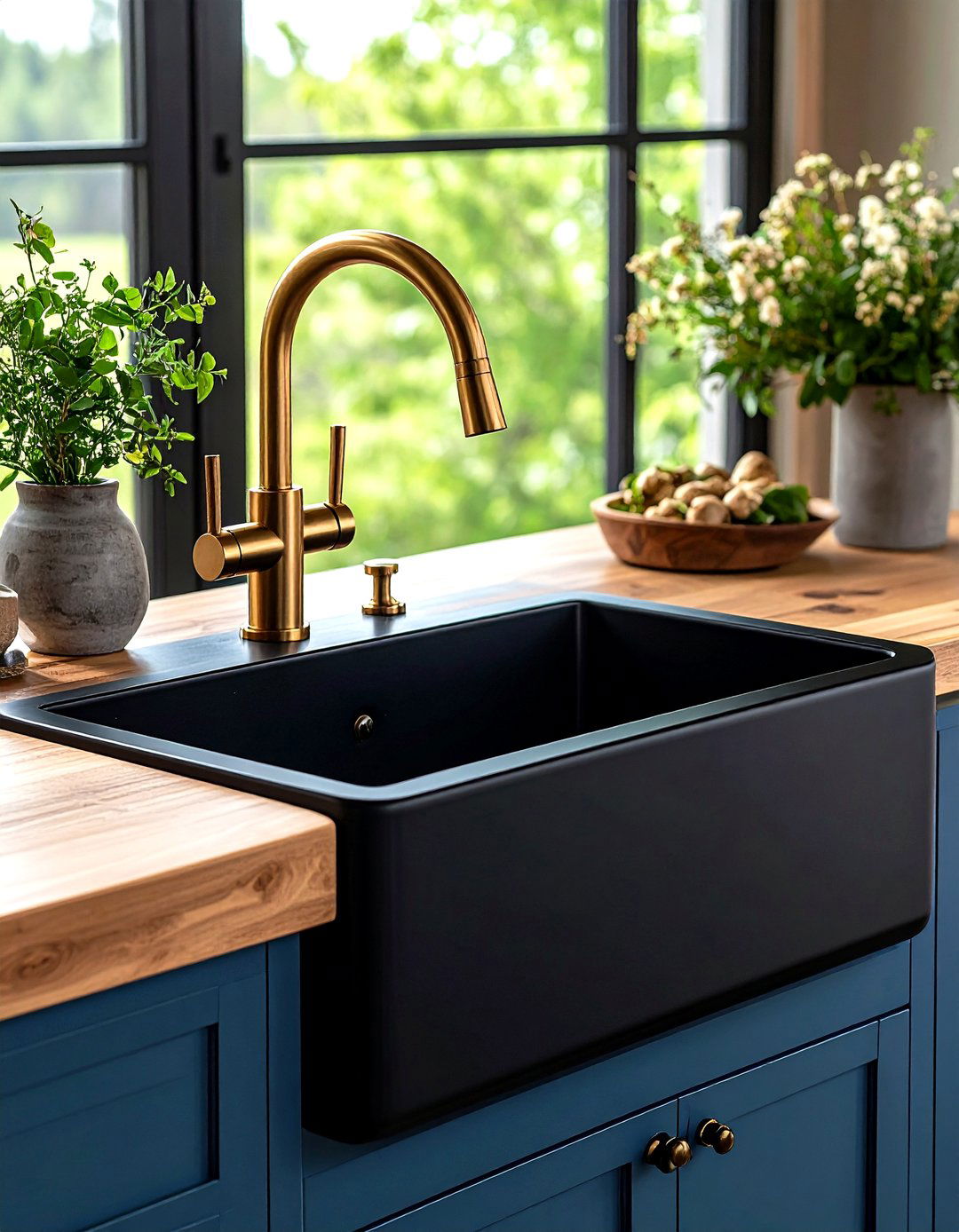
An apron-front sink in honed black granite or charcoal quartz cements the gothic aesthetic while withstanding decades of boiling-pasta pot dumps. Pair it with a high-arch bridge faucet in oil-rubbed bronze for medieval elegance and modern reach. For easier installation, cast-iron alternatives coated in glossy enamel mimic heft without unpredictable veining. Protect chipping edges with a teak sink grid, which also introduces warm contrast. Since dark basins hide coffee stains, adopt a weekly soft-scrub routine to keep mineral lines from ghosting on the surface.
19. Open Shelving with Lace or Forged Brackets Shows Off Style
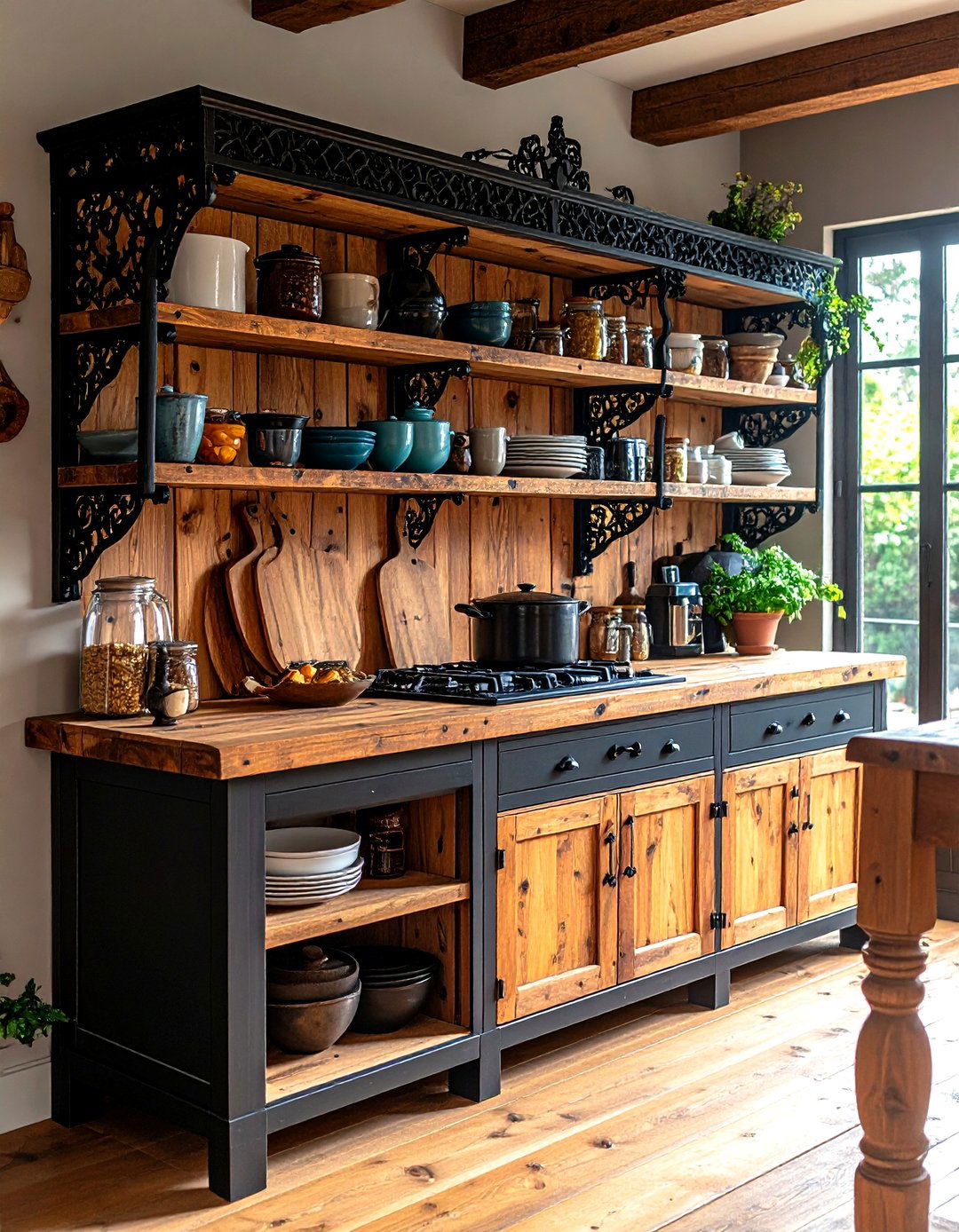
Unlike sleek modern shelves, gothic versions ride on black-lace-patterned metal brackets or forged iron scrolls. Use solid wood planks stained to echo countertops so cookware reads curated, not cluttered. Line back panels with removable black lace wallpaper for renter-friendly flair, and leave at least 10 inches vertical clearance for stockpots. Keep everyday dishes toward the front for grab-and-go convenience, tucking seasonal props—pumpkin tureens, crystal decanters—behind. Anchor the display with triangle patterns of height to guide the eye and maintain order.
20. Matte-Black Appliances Integrate Modern Convenience

Finish the gothic kitchen with matte-black or graphite appliances that fade seamlessly into dark cabinetry. Look for fingerprint-resistant coatings and discreet LED panels rather than flashy chrome strips, ensuring utility without visual noise. To avoid a wall of black boxes, vary texture by choosing a range with brass knobs or a refrigerator dressed in paneled doors matching adjacent units. Induction cooktops keep counters sleek while their smooth surface nods to obsidian slabs. Finally, echo appliance silhouettes in smaller electrics—think espresso machines or toasters—so the palette feels cohesive down to the morning routine.
Conclusion:
Dark doesn’t have to mean dreary. By layering black cabinetry, veined stone, arched motifs, and tactile contrasts under thoughtful lighting, a gothic kitchen becomes both hardworking workshop and storytelling sanctuary. Pairing durable materials with curated curios ensures longevity, while selective jewel tones and gleaming hardware keep the look alive, not museum-stiff. Mix and match the ideas above—whether you only install a wrought-iron chandelier or commit to full marble drama—and you’ll craft a culinary space where every simmer feels mythic and every midnight snack tastes just a little more decadent.


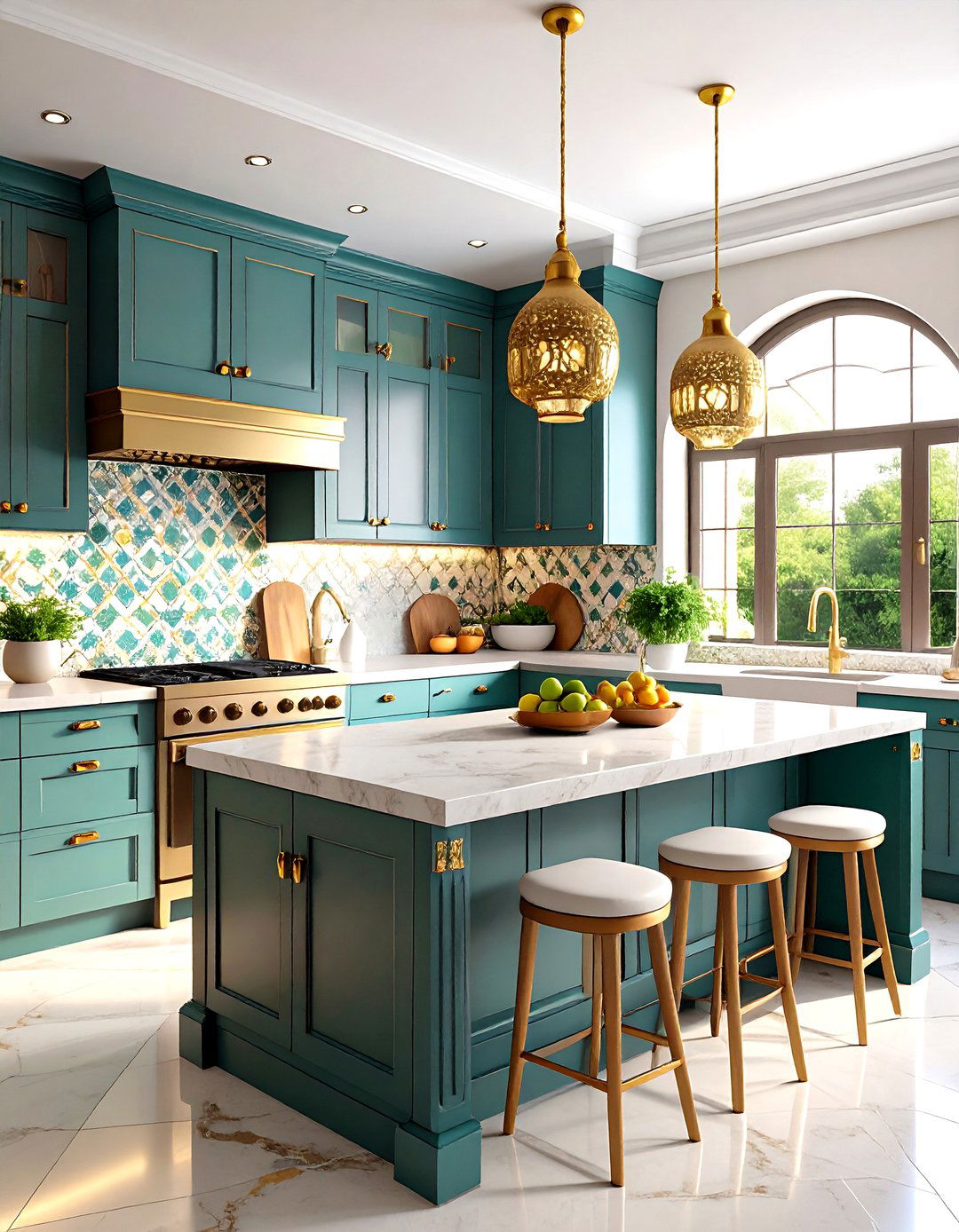
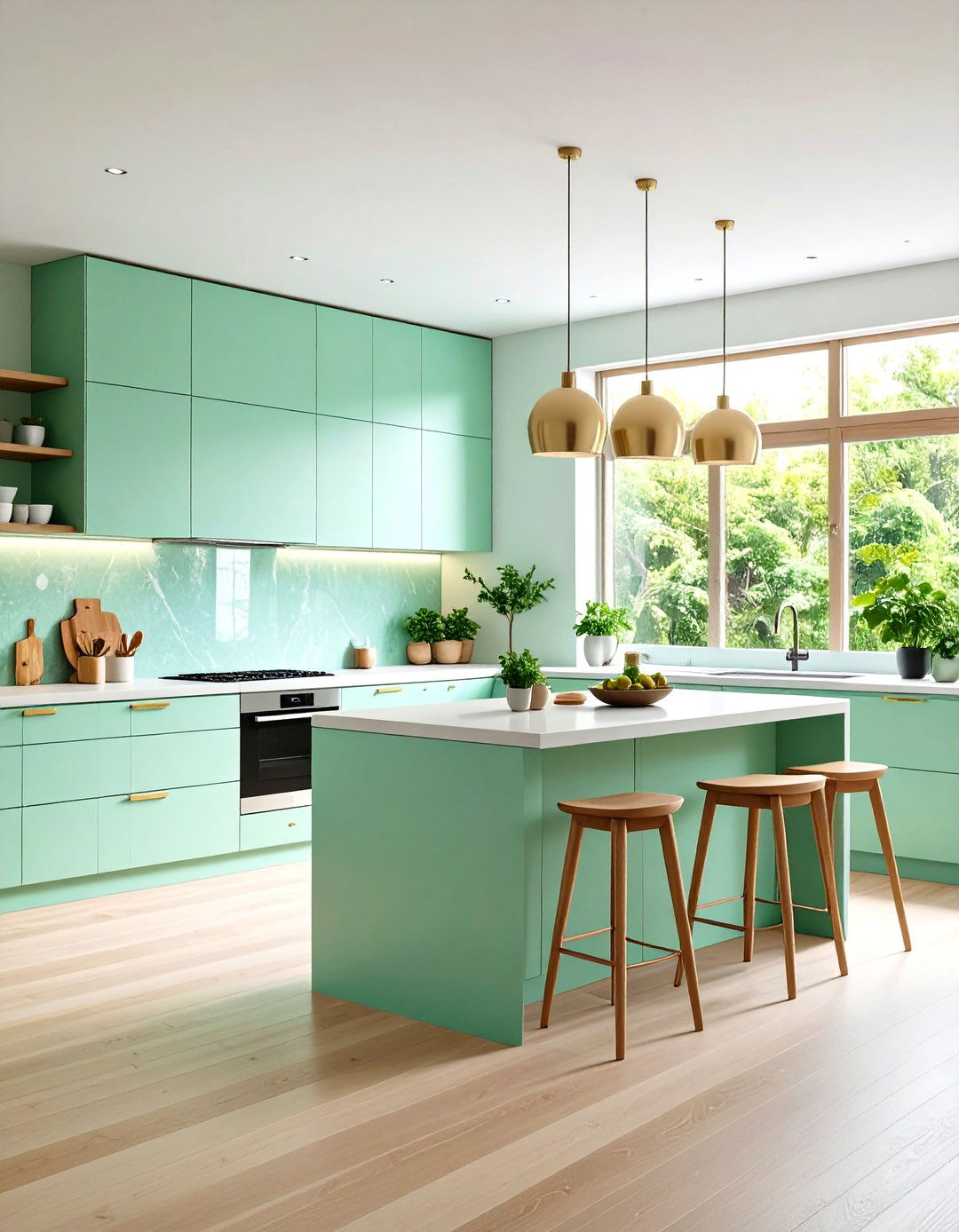

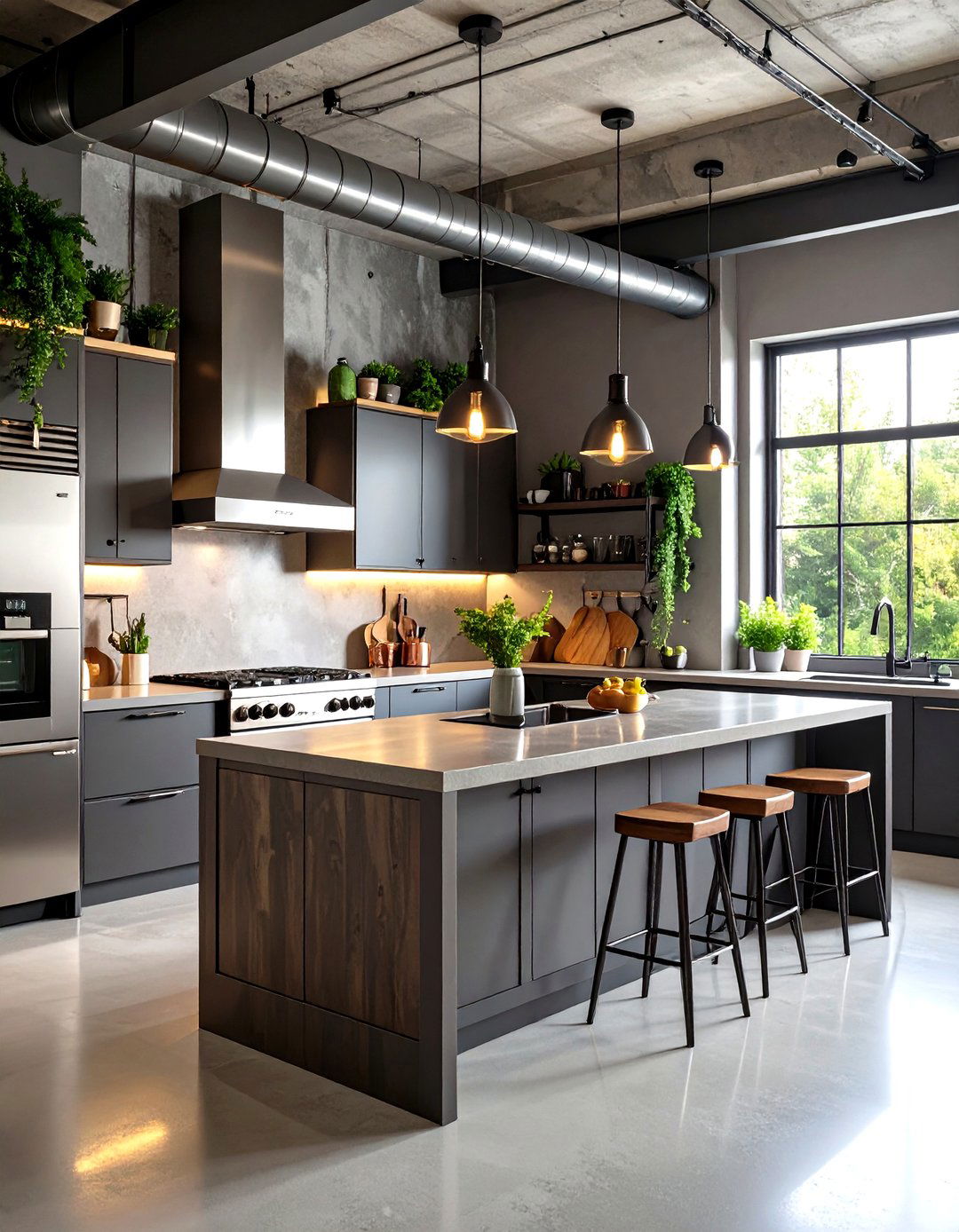
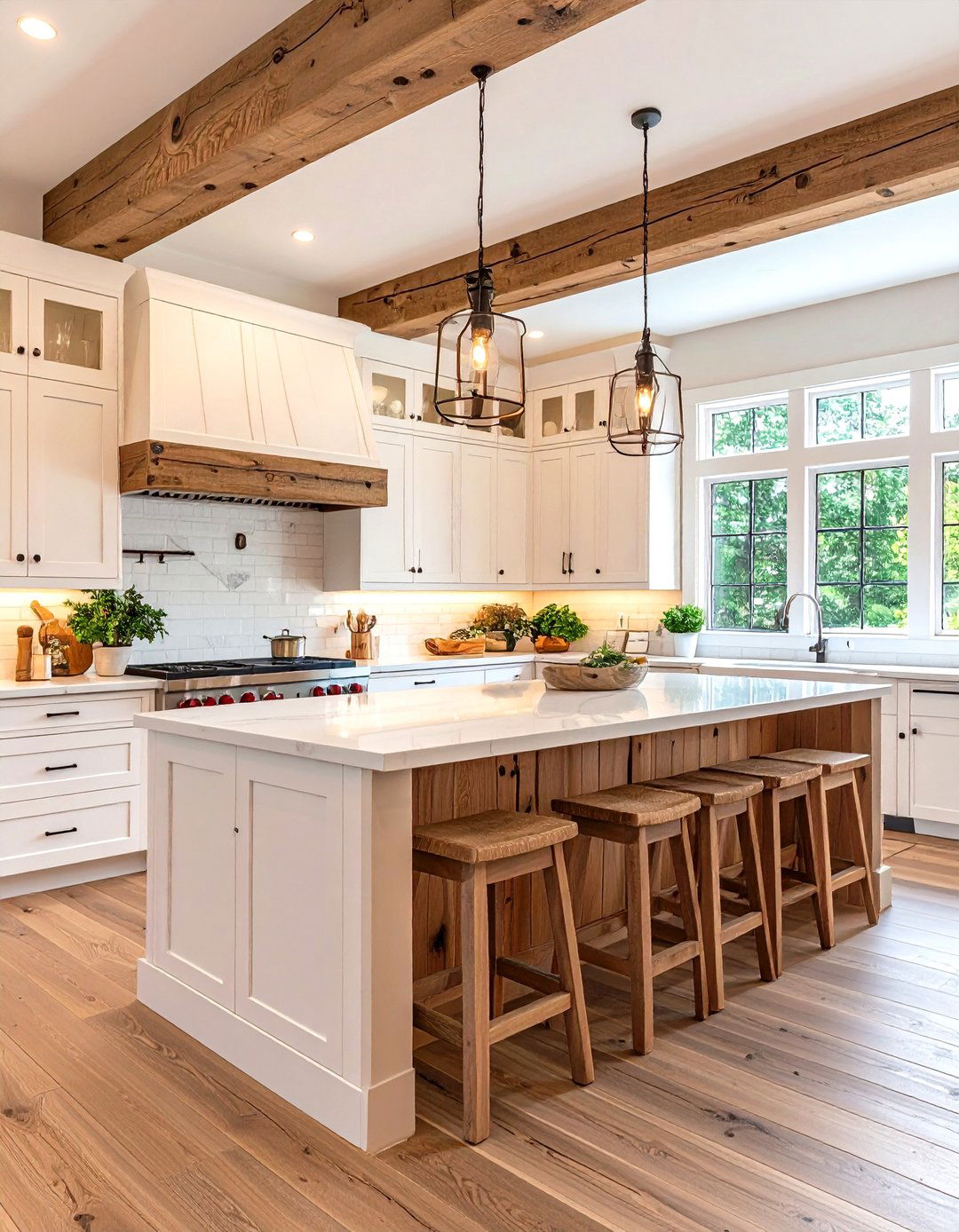
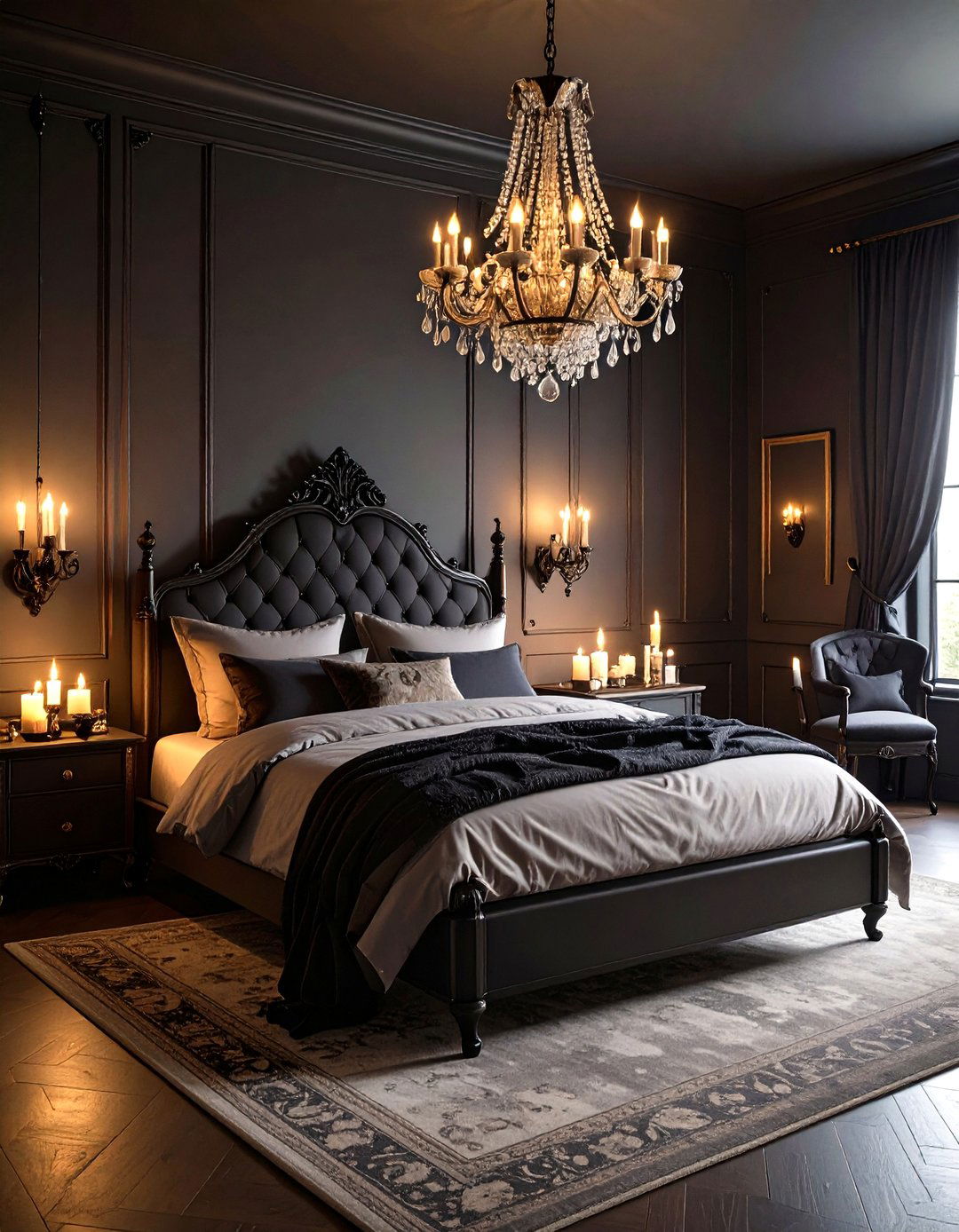
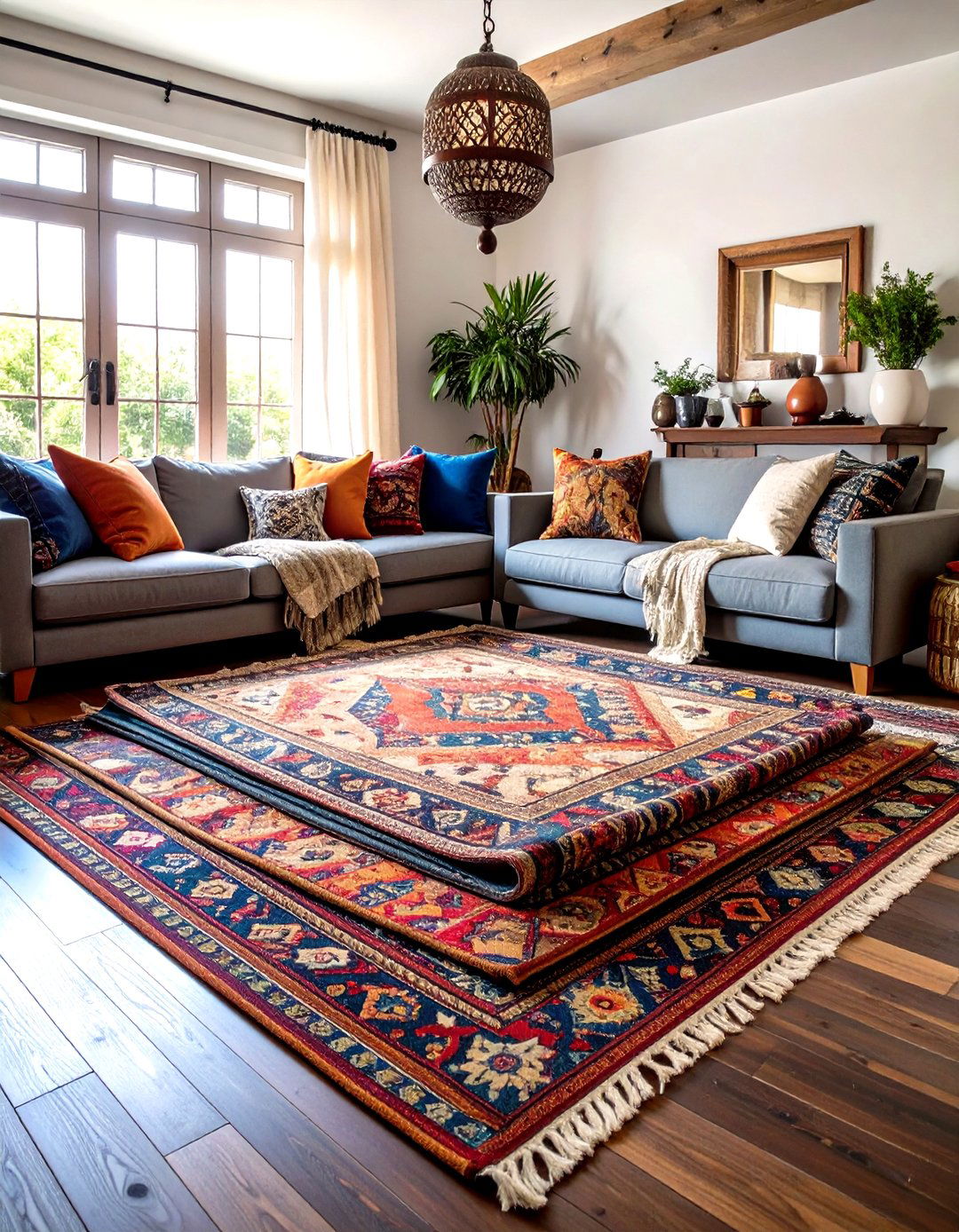
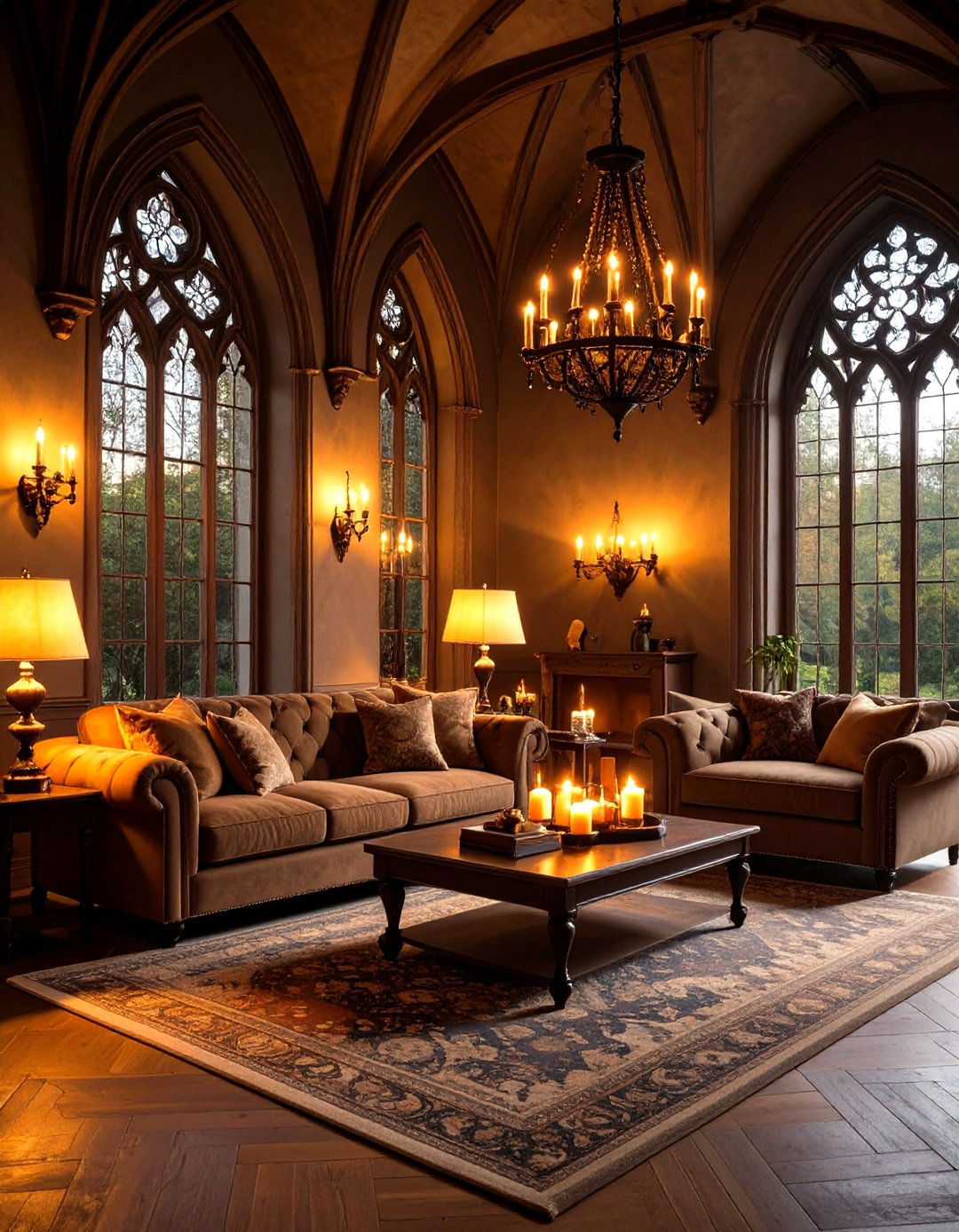
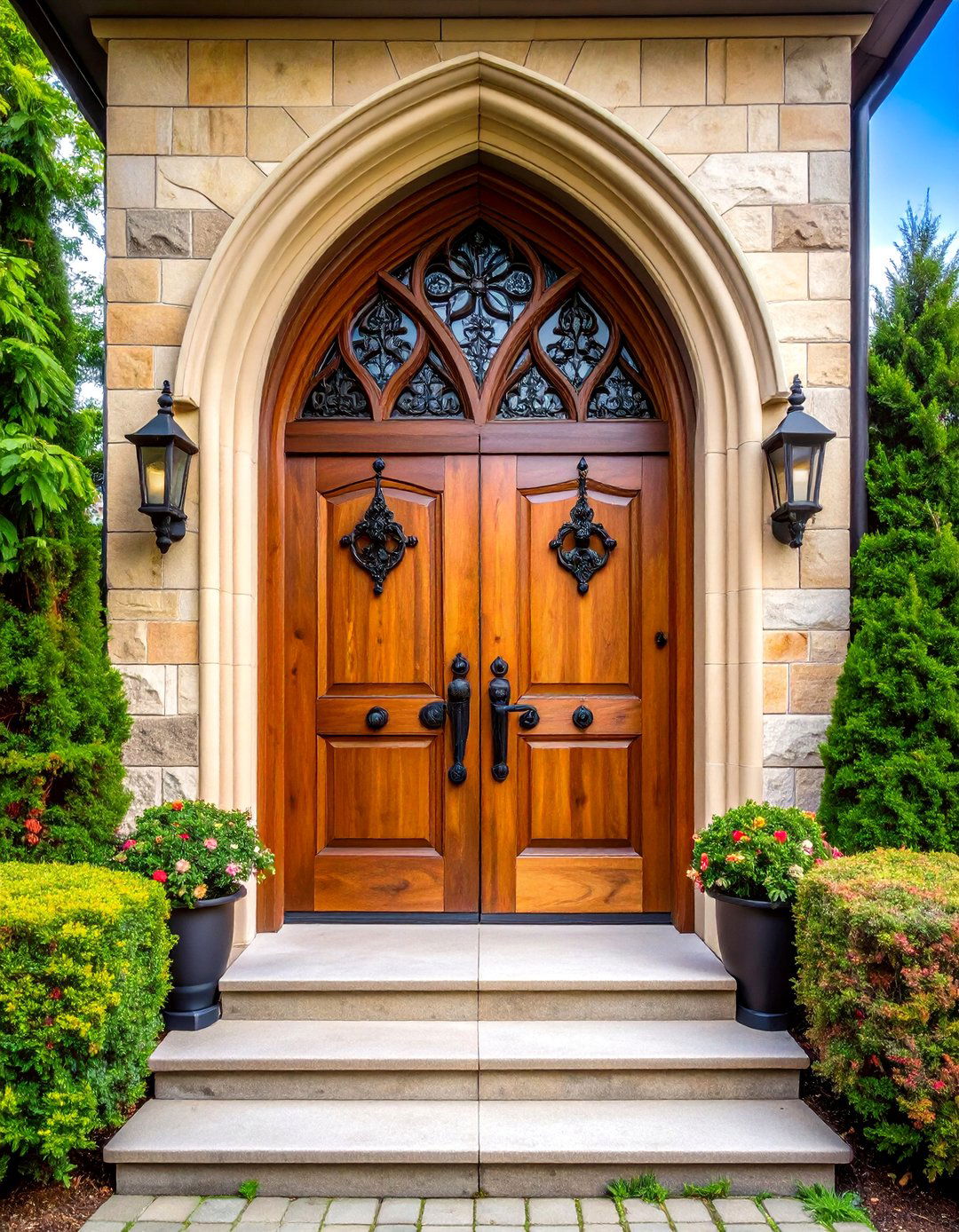
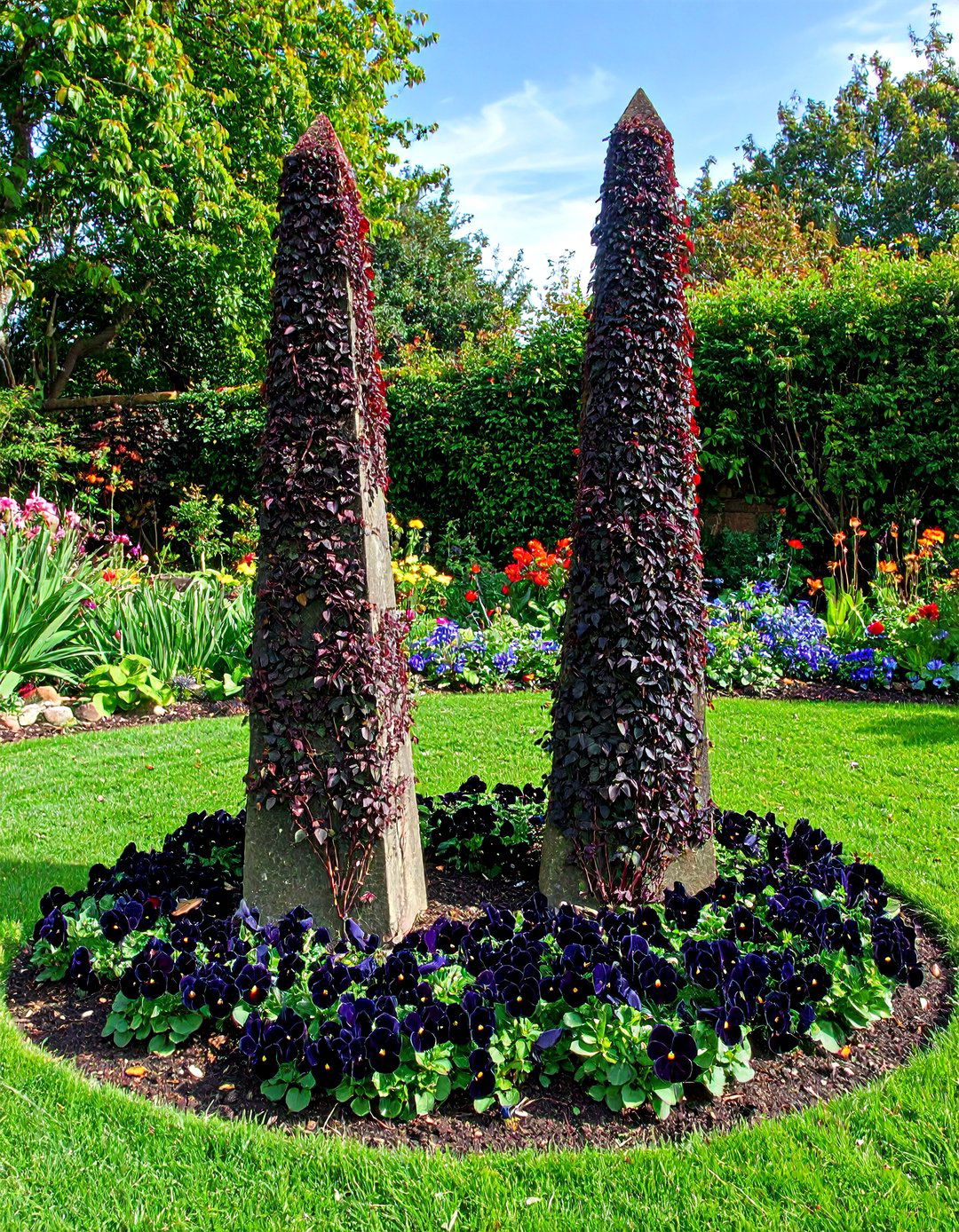
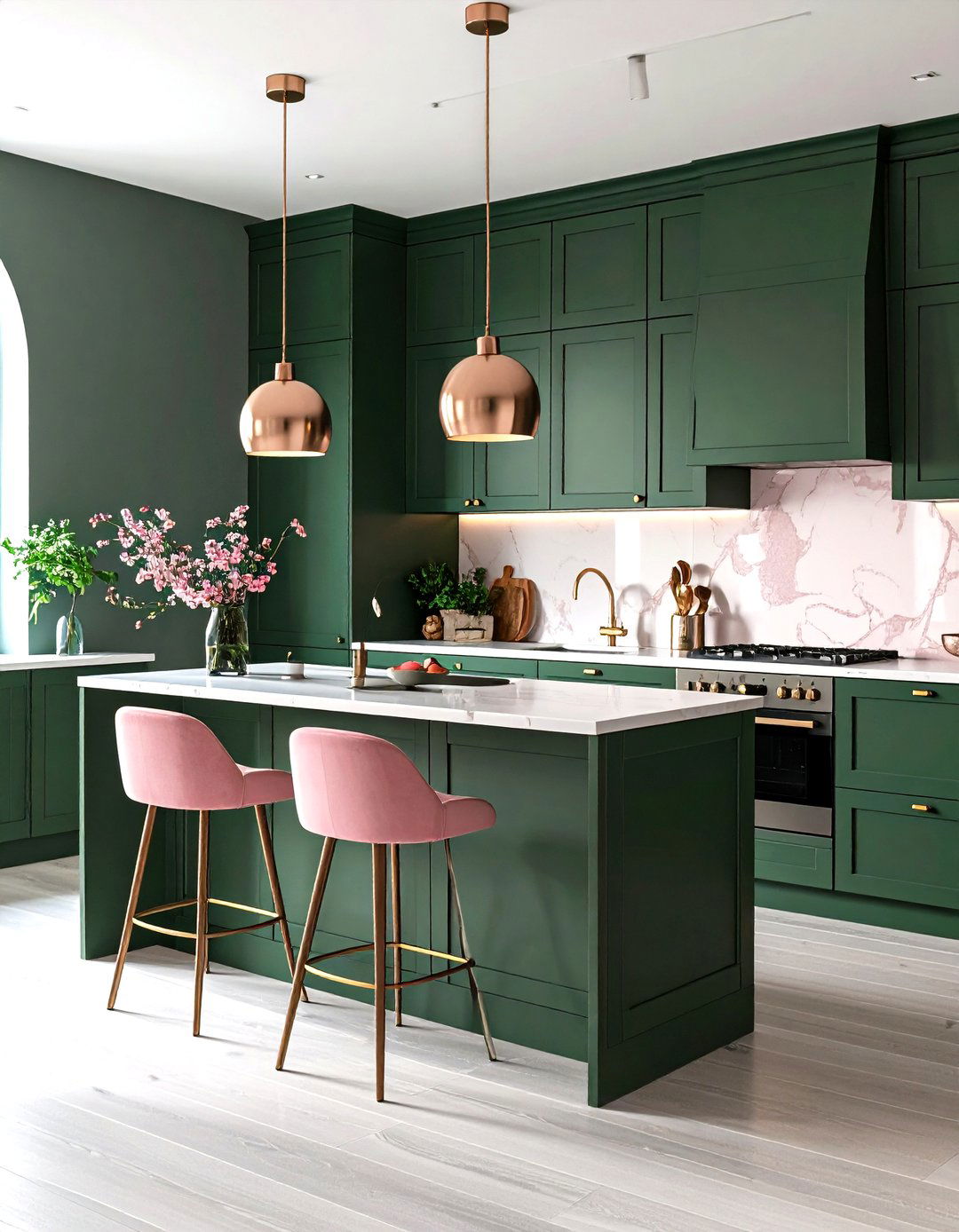
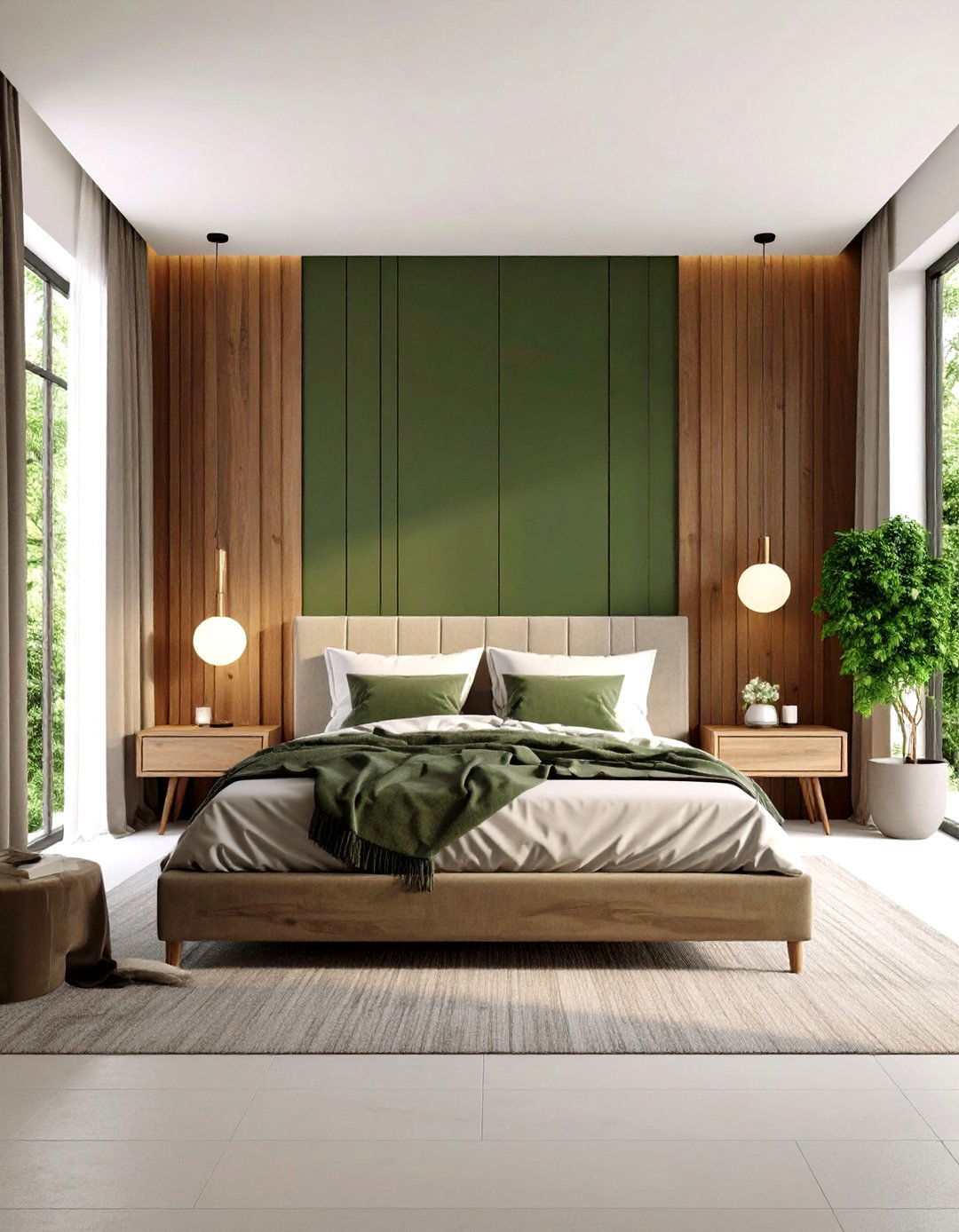
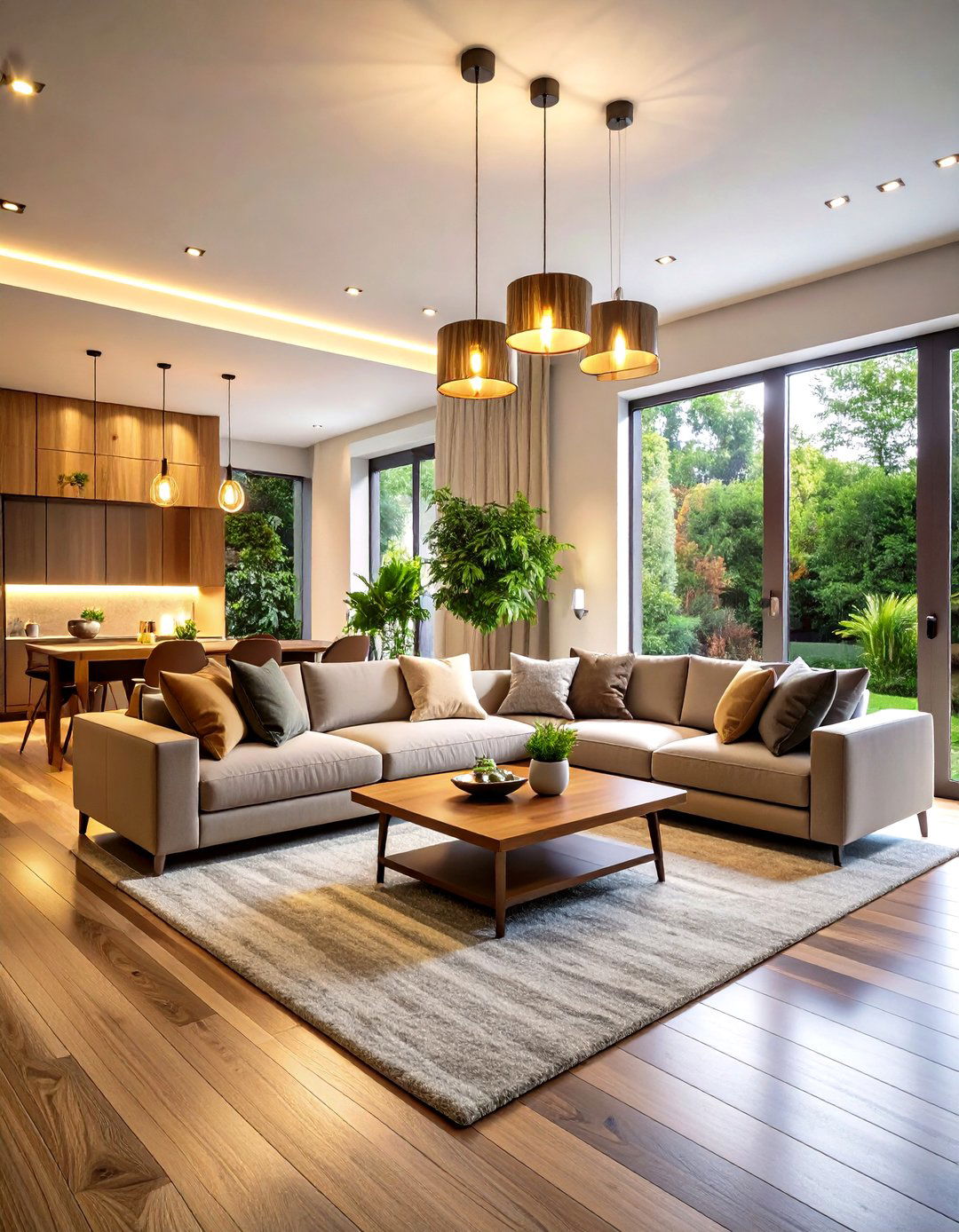
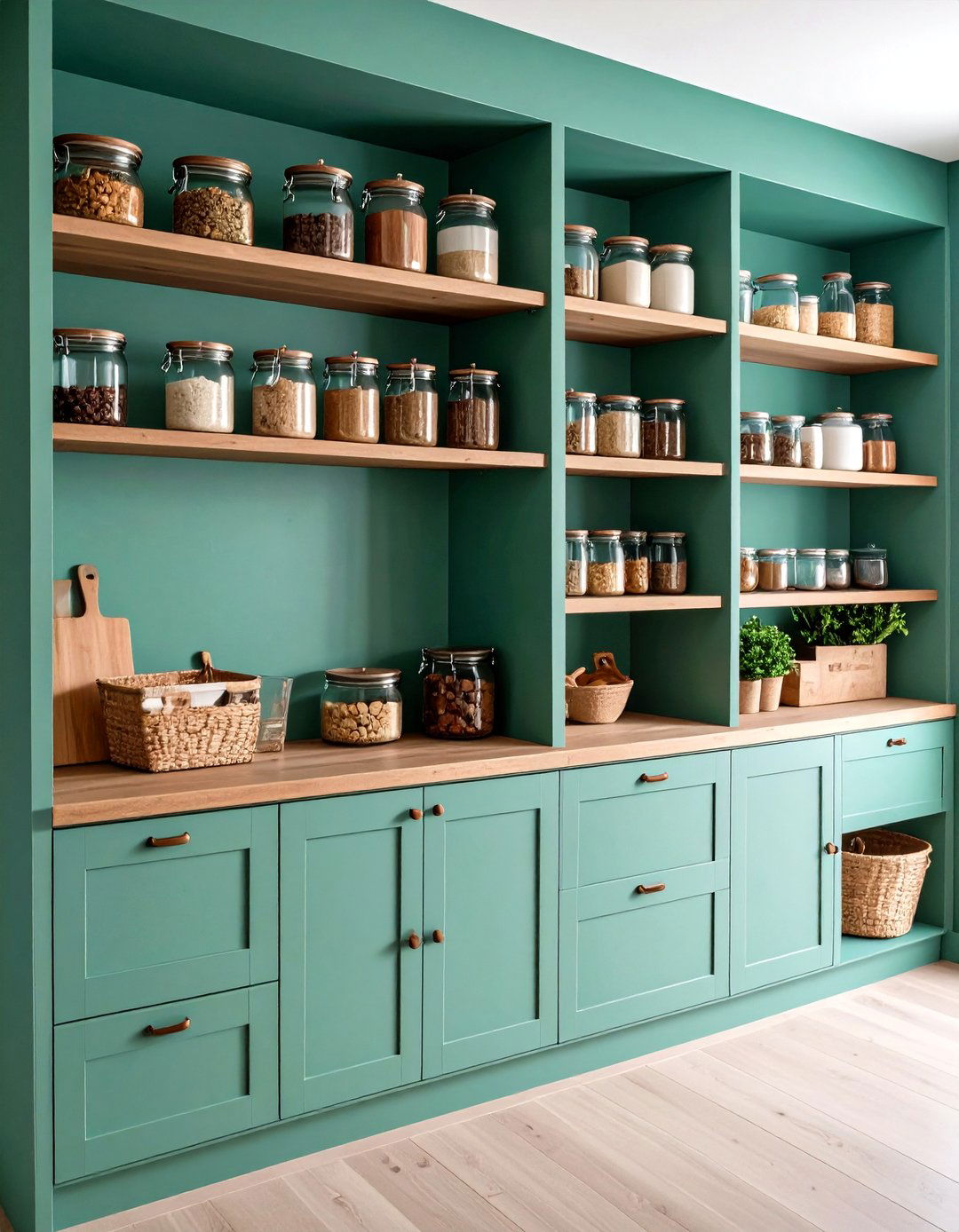
Leave a Reply